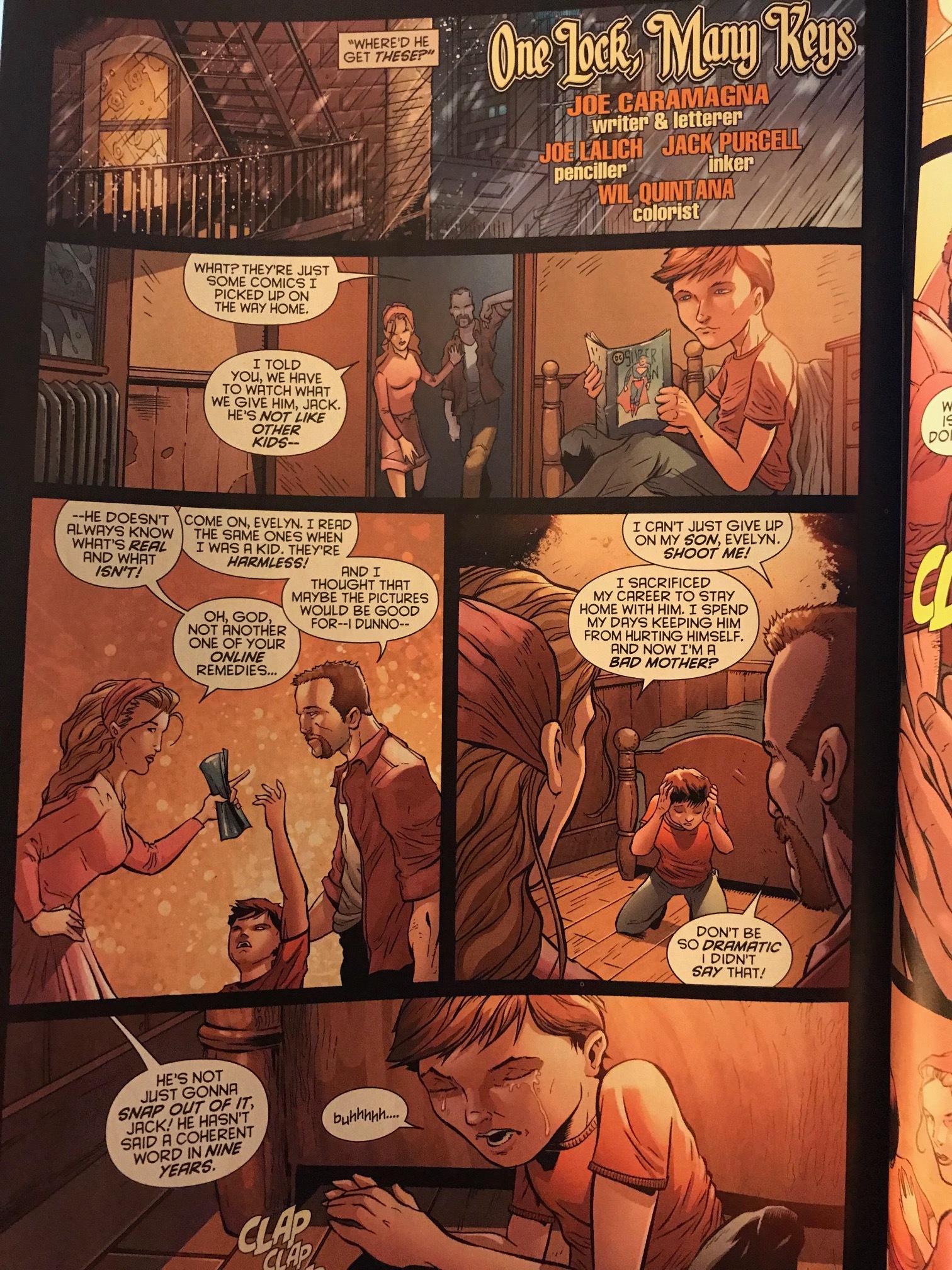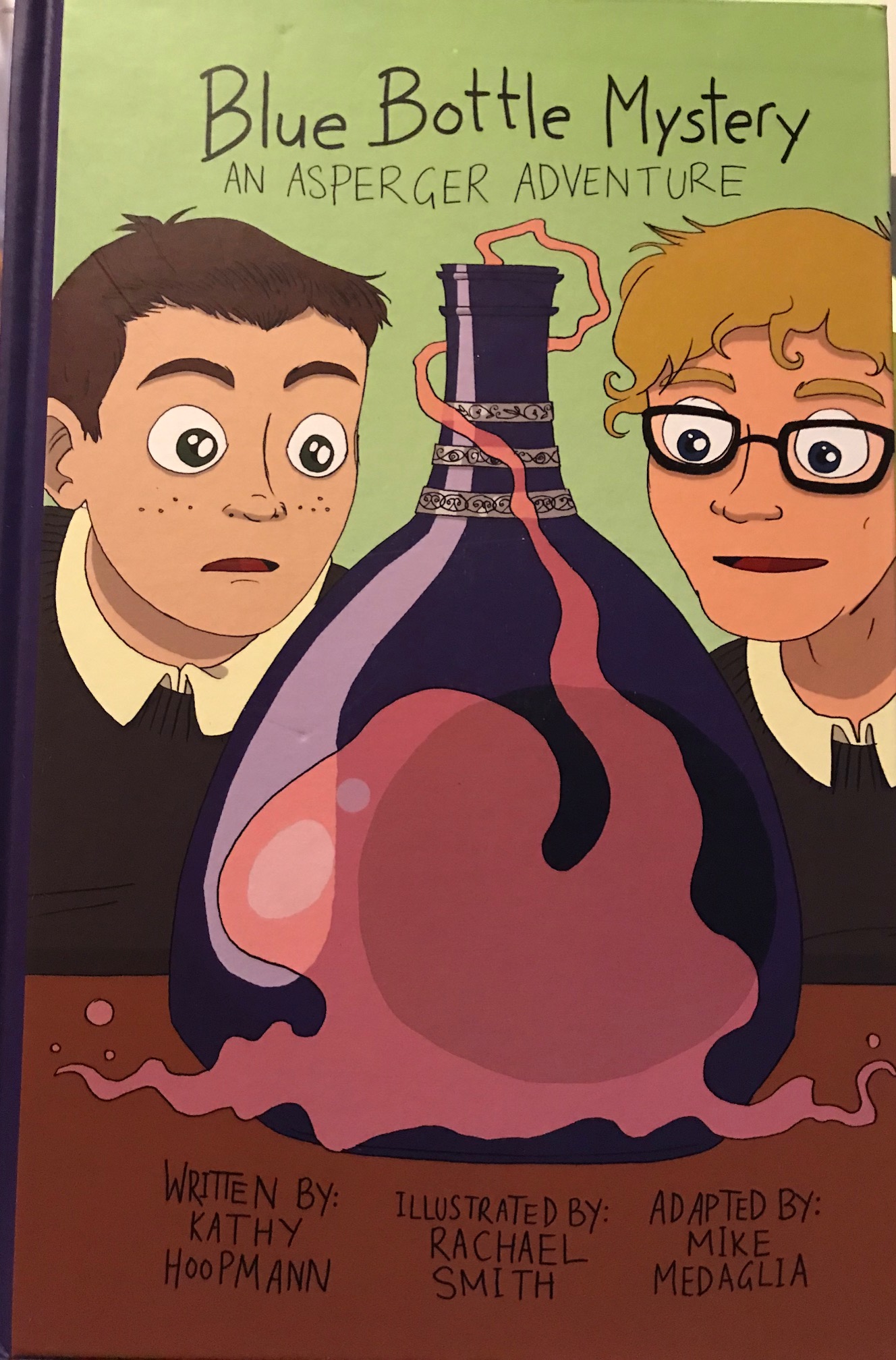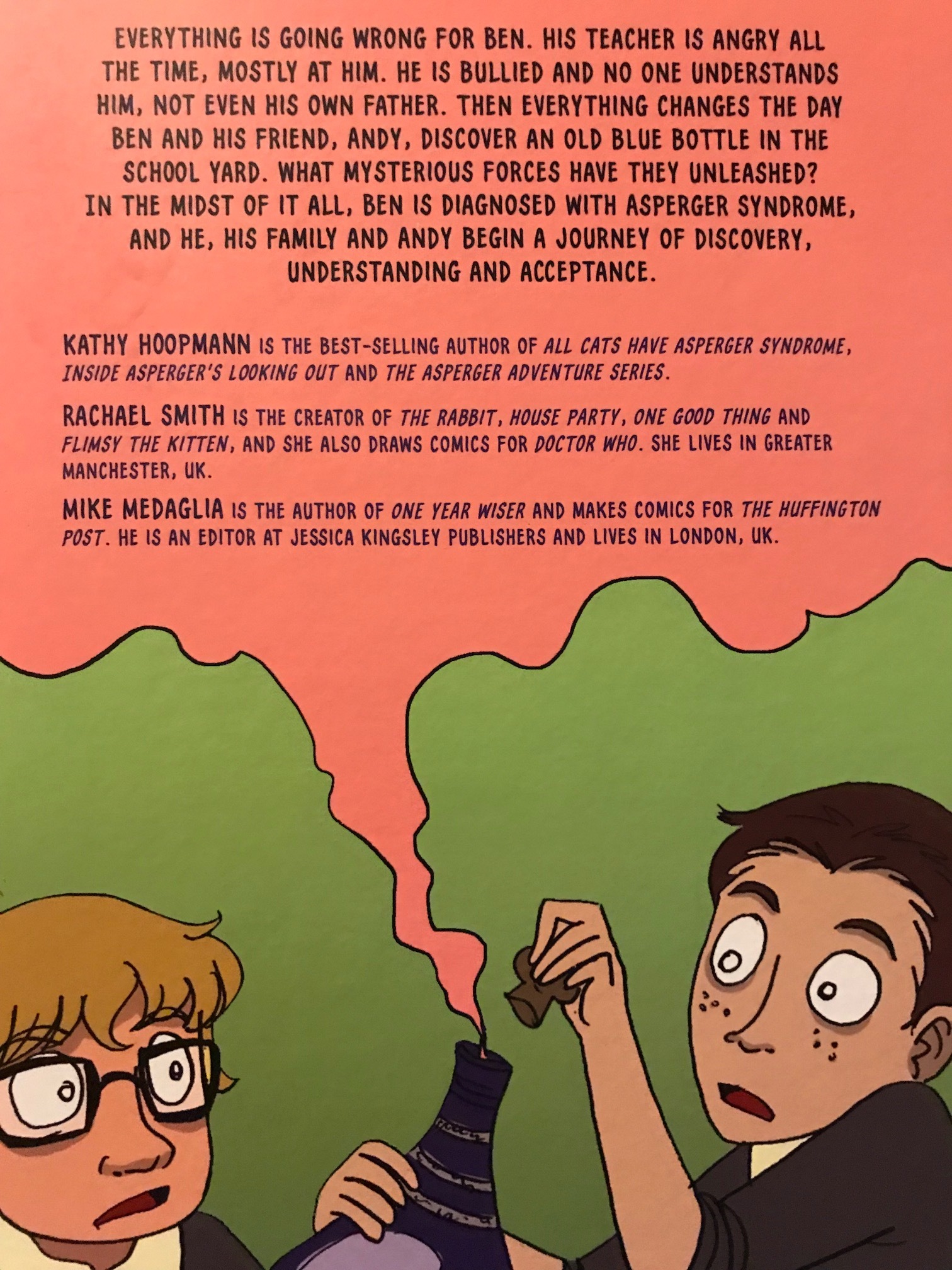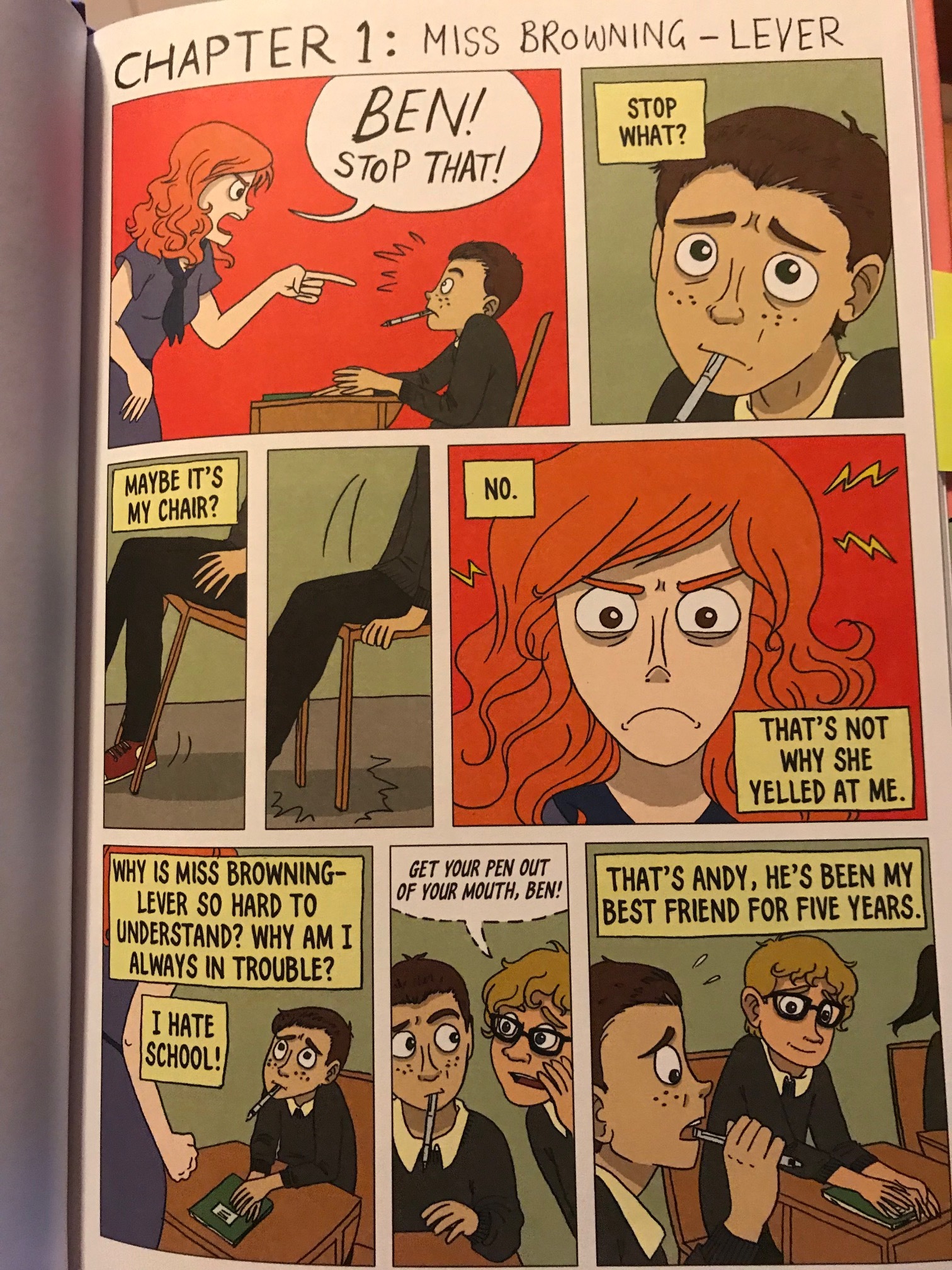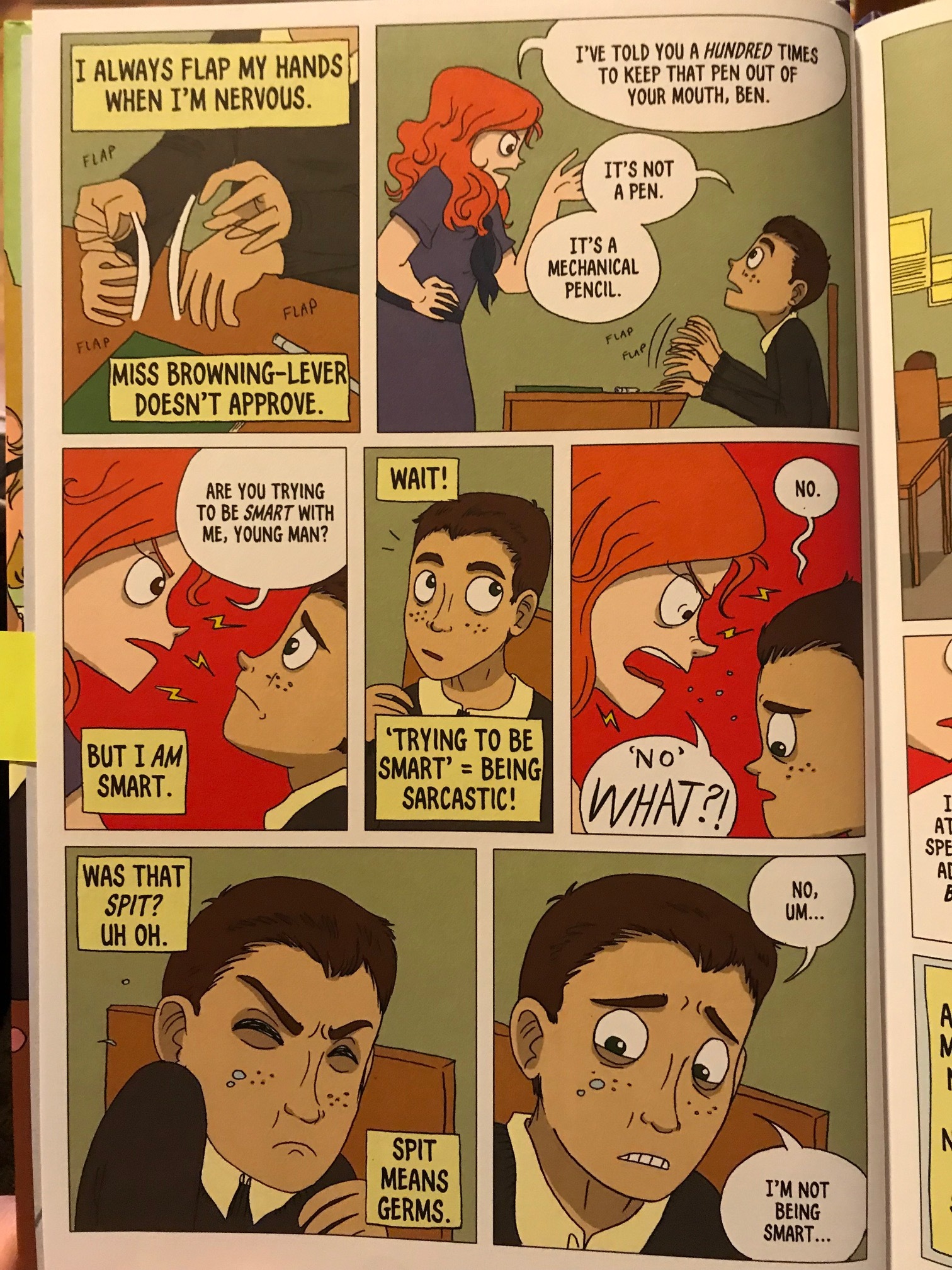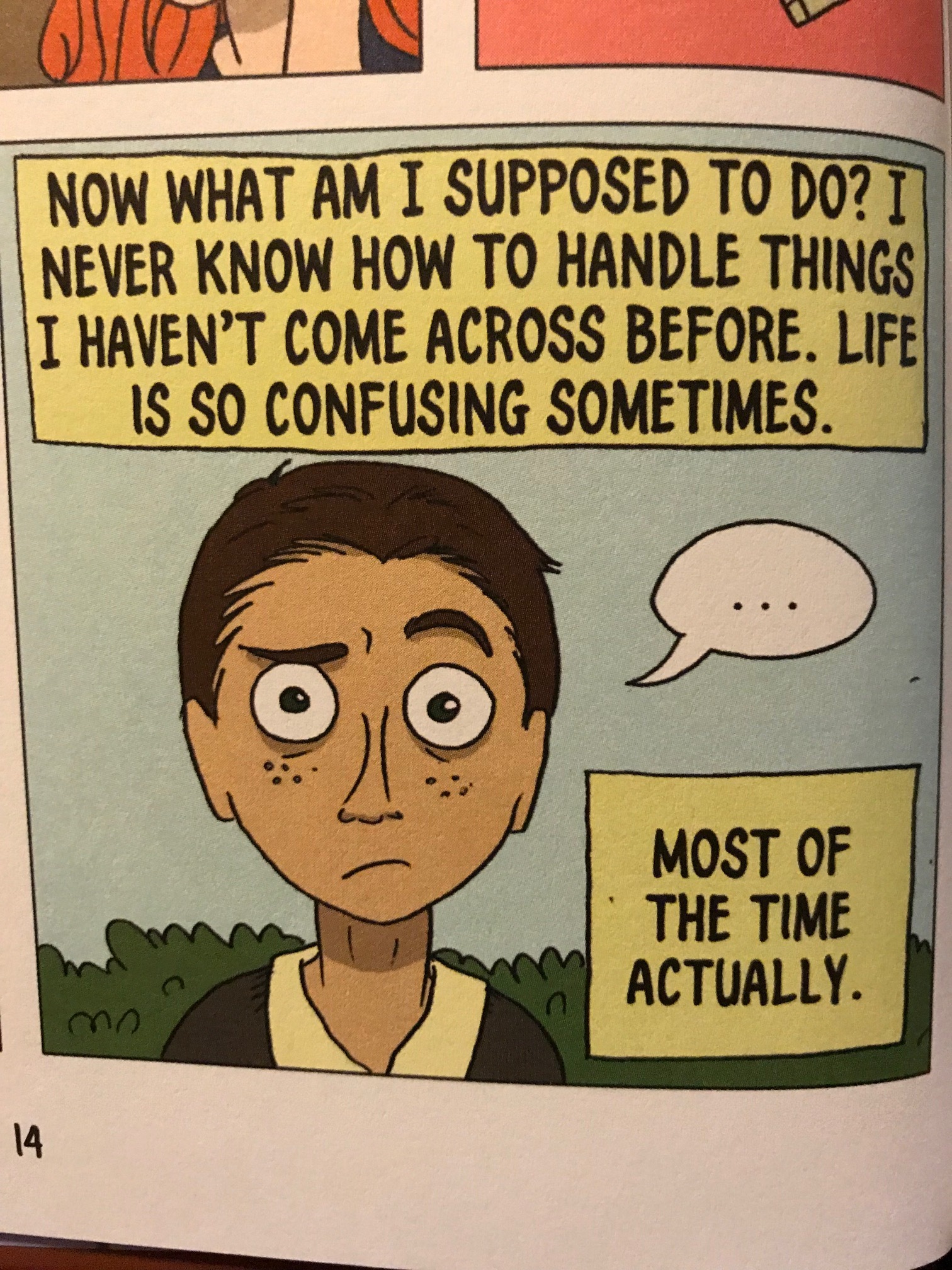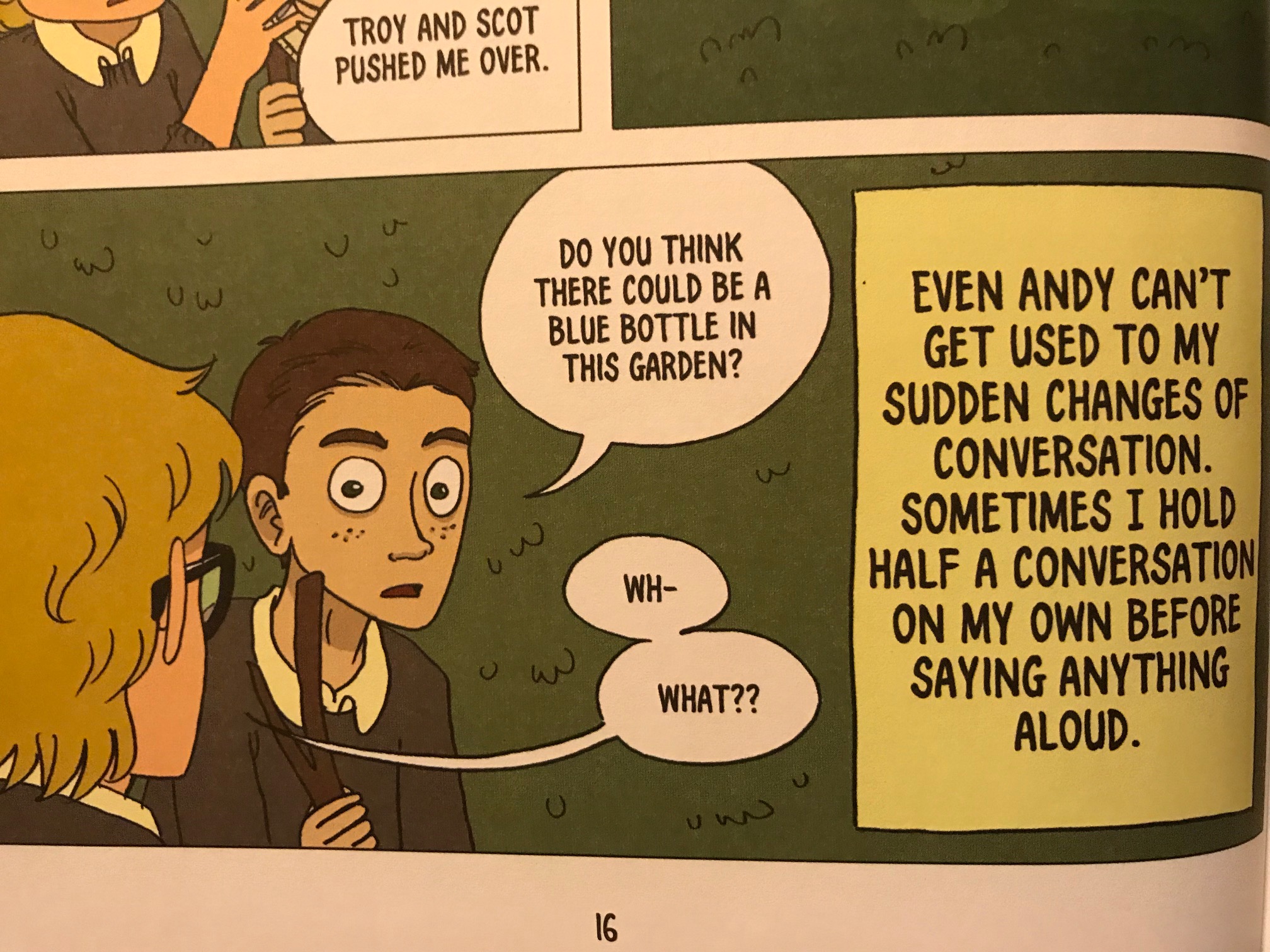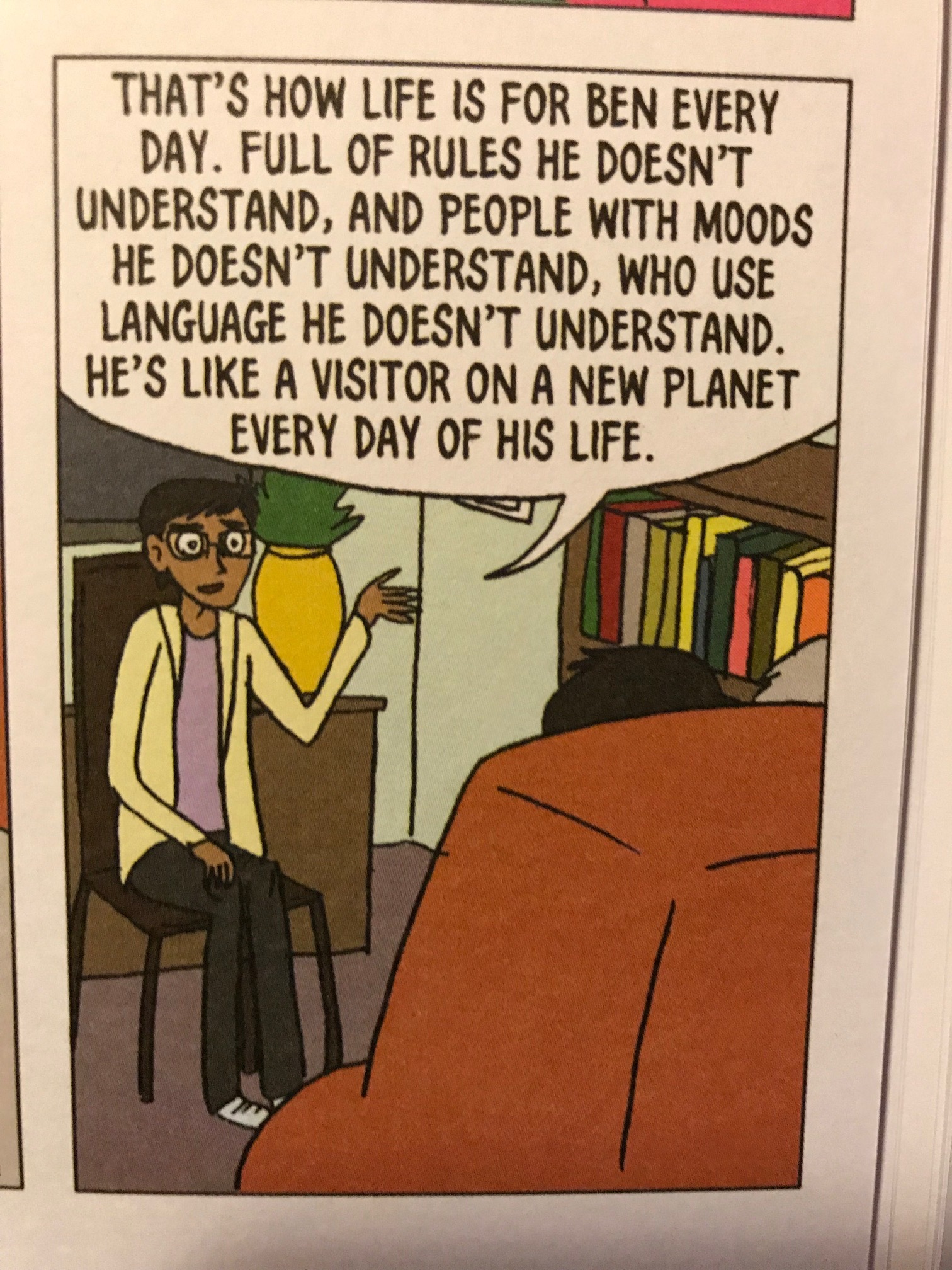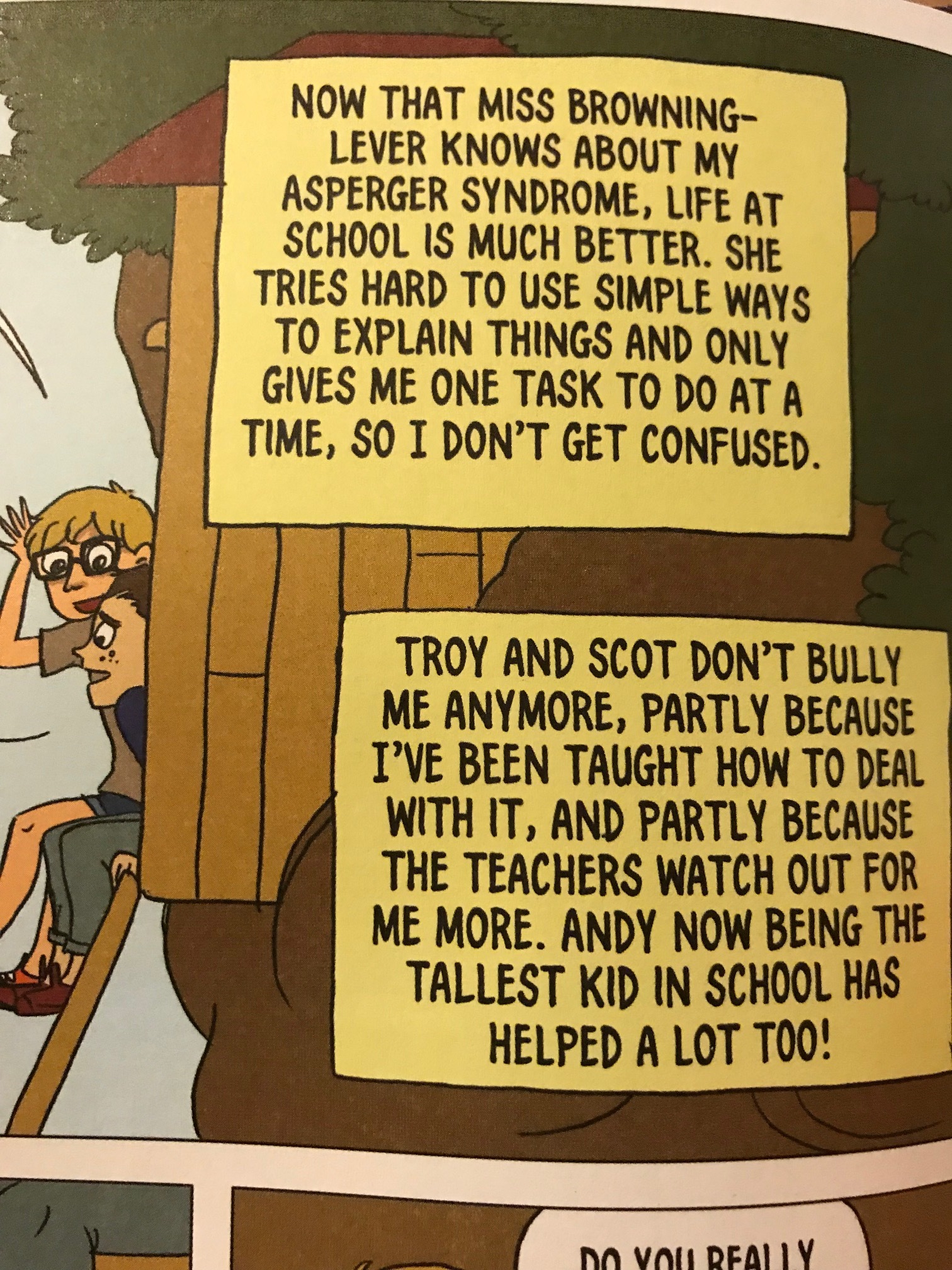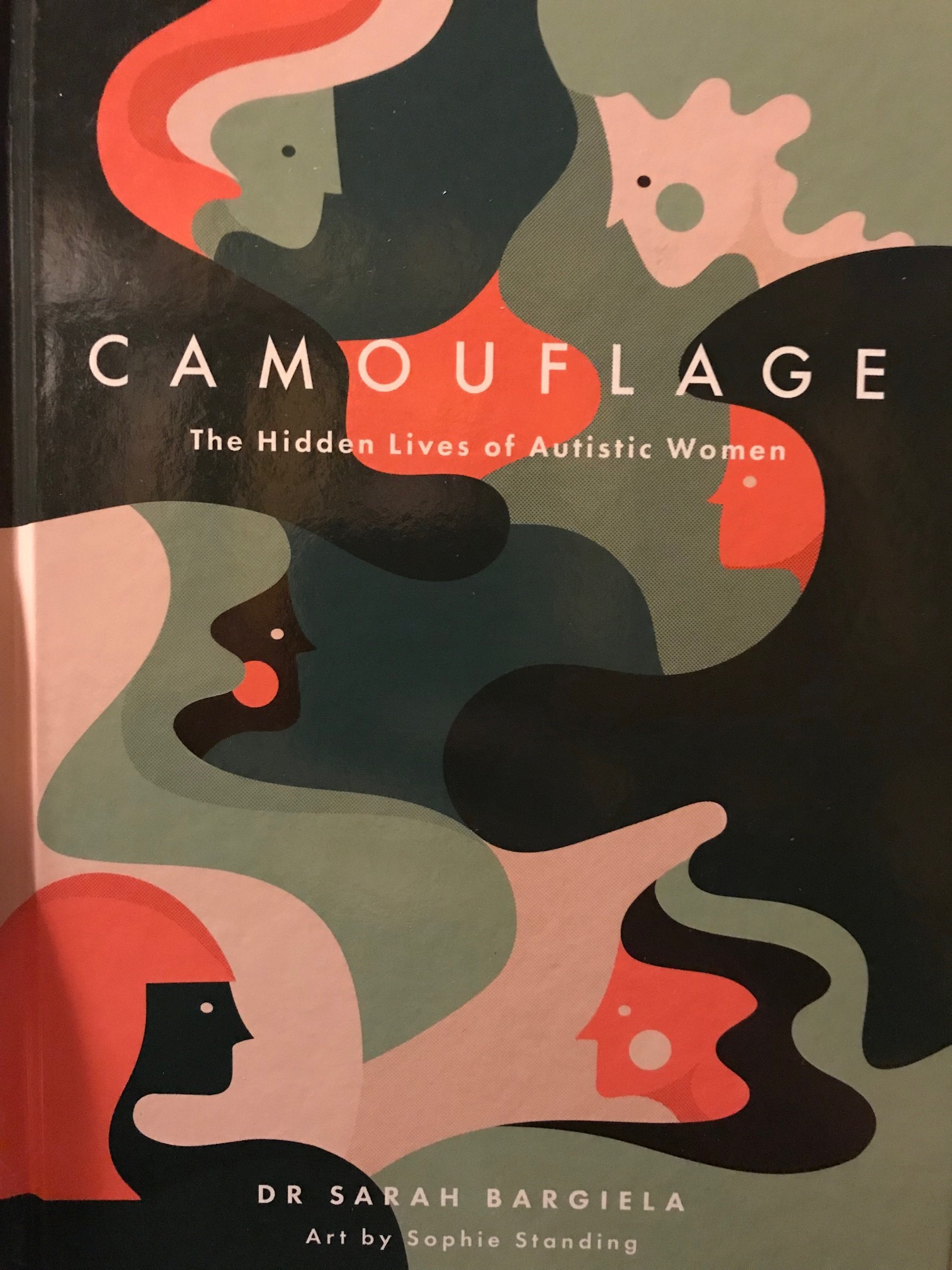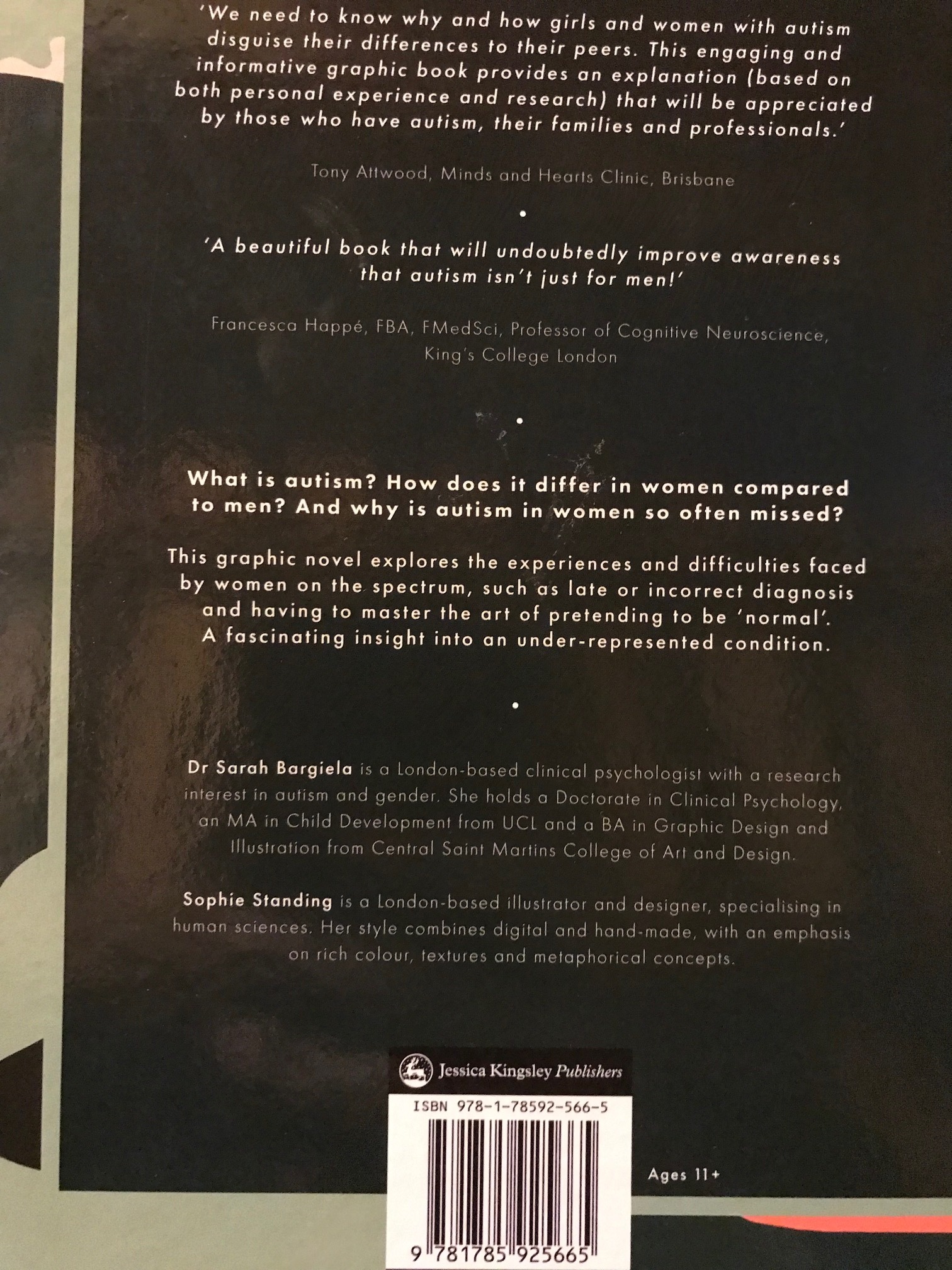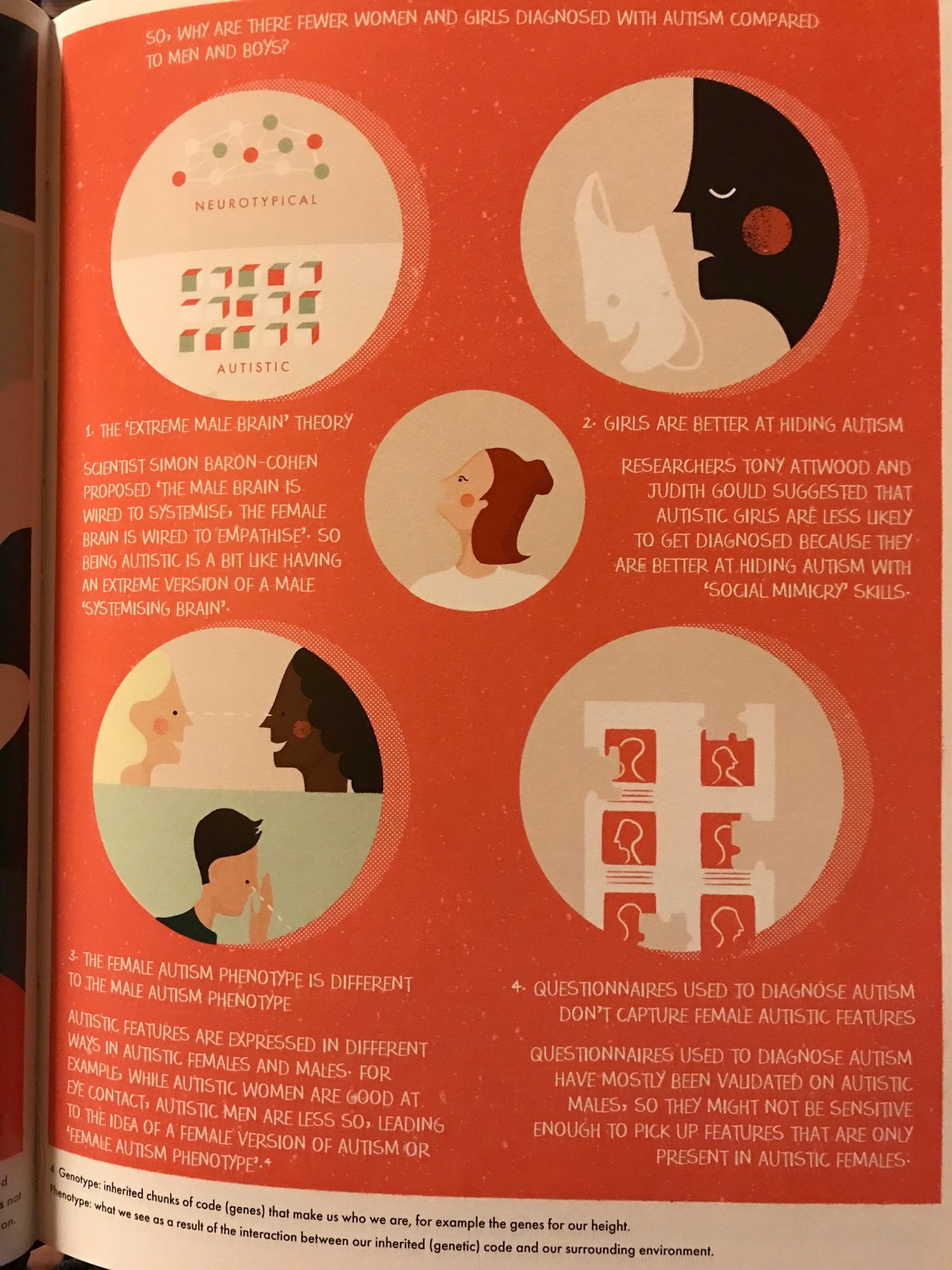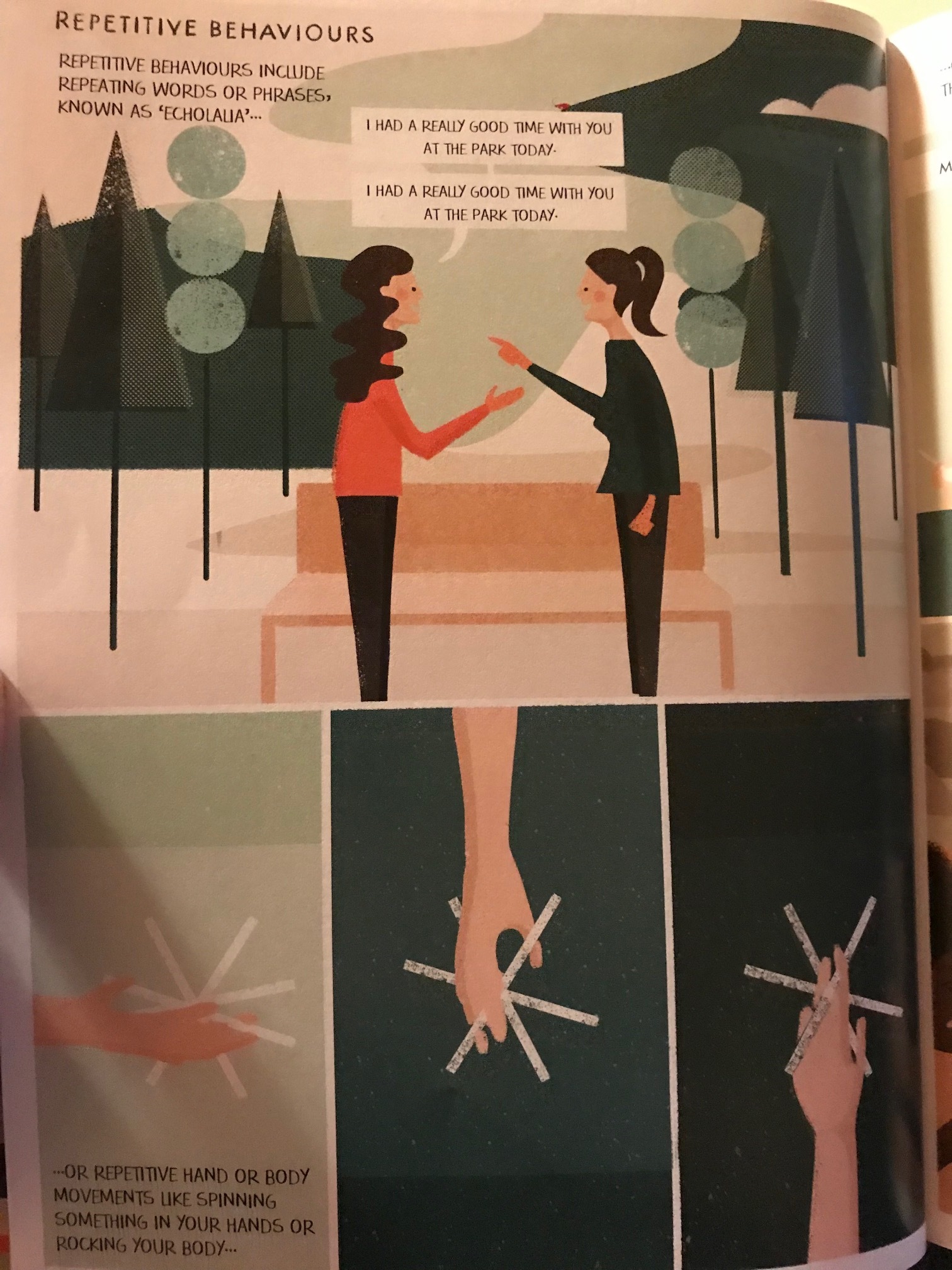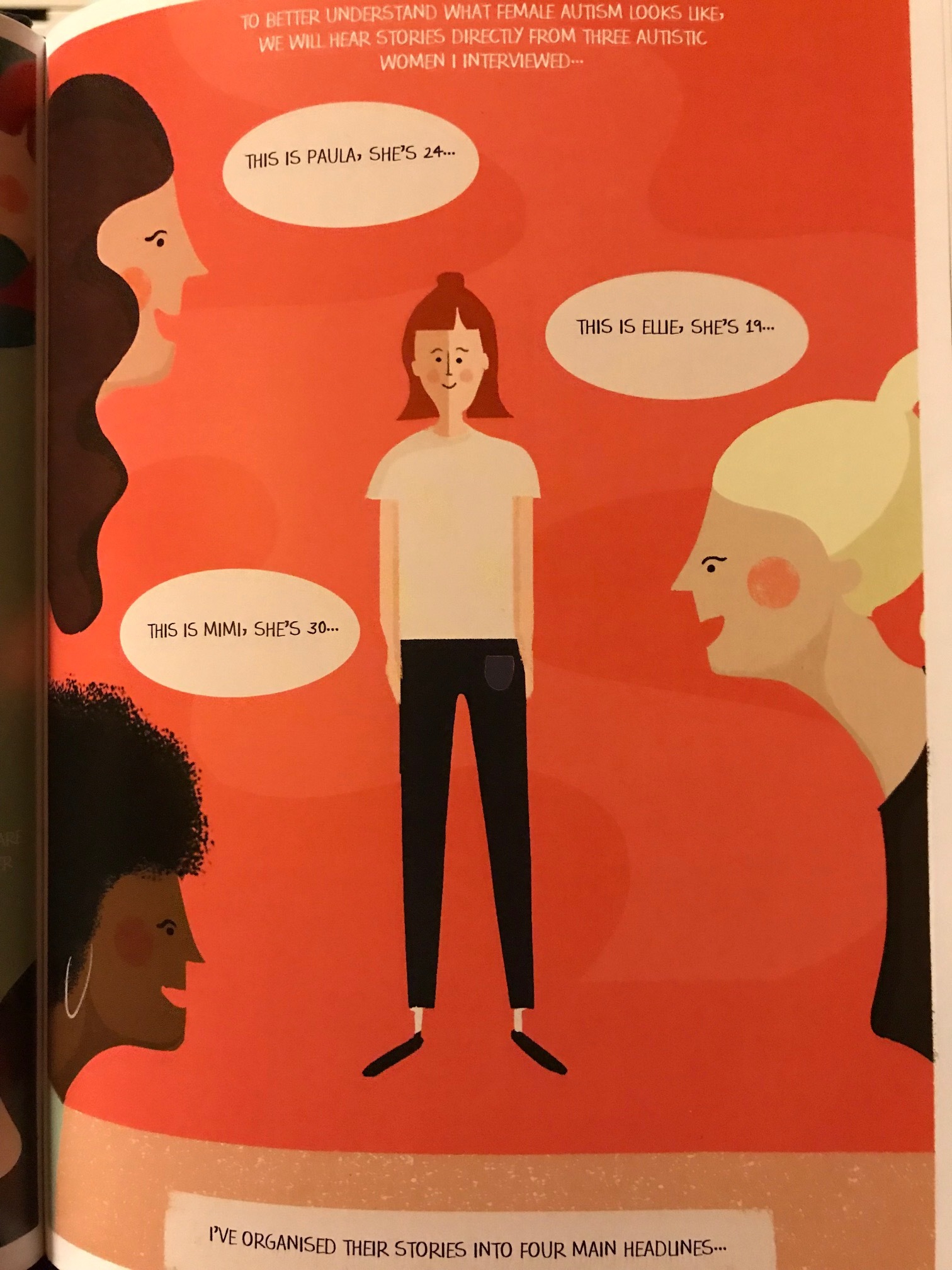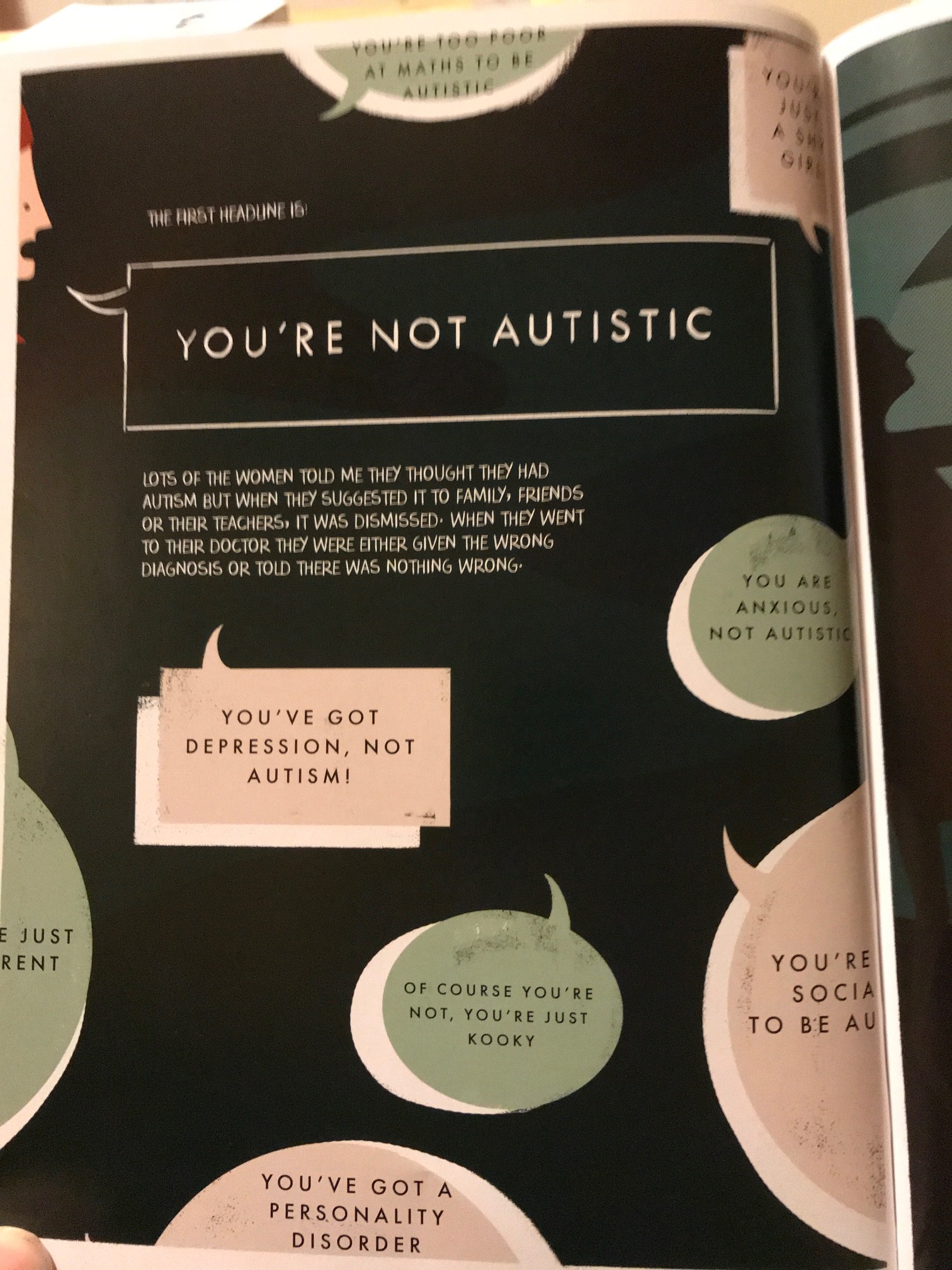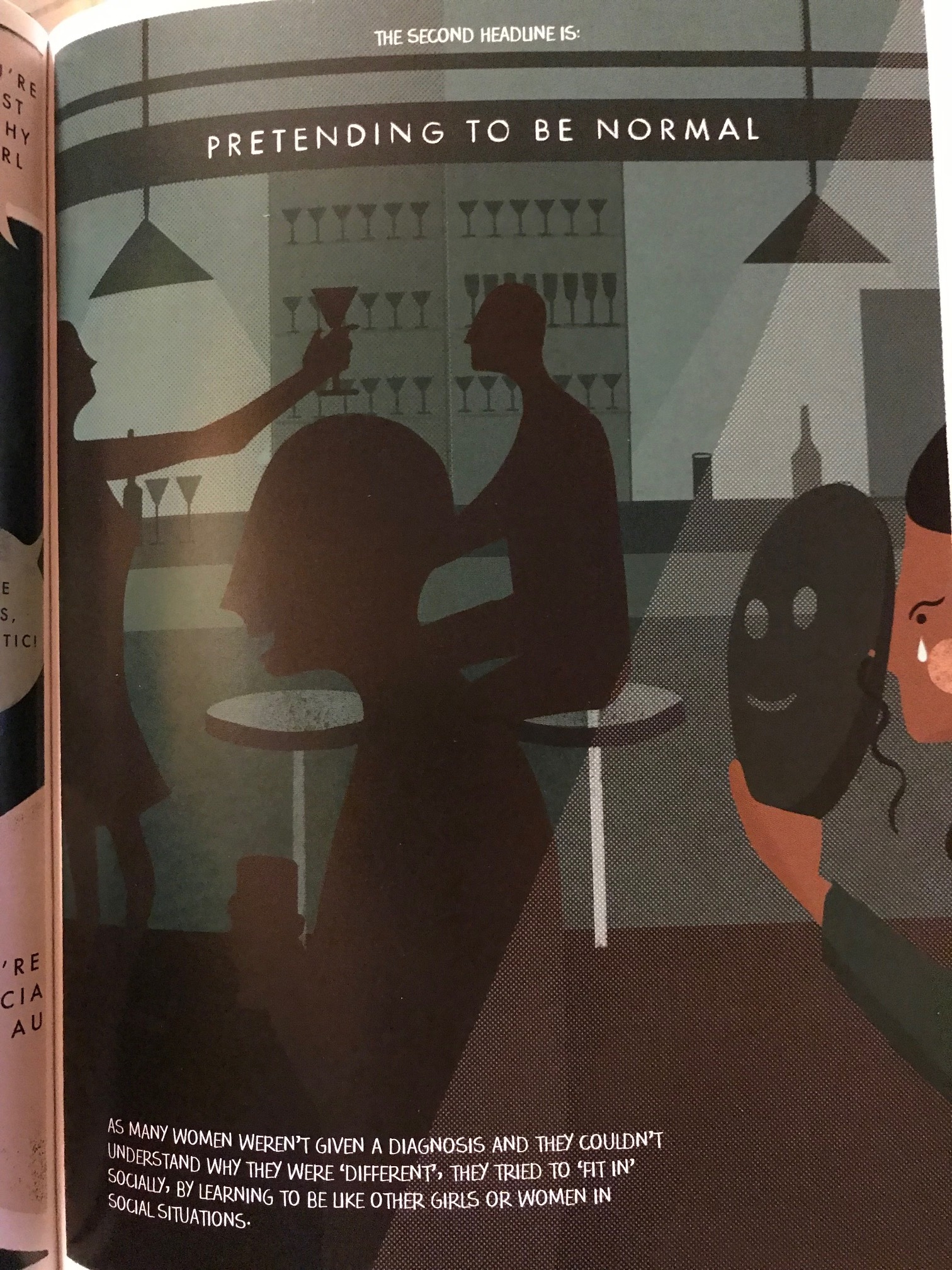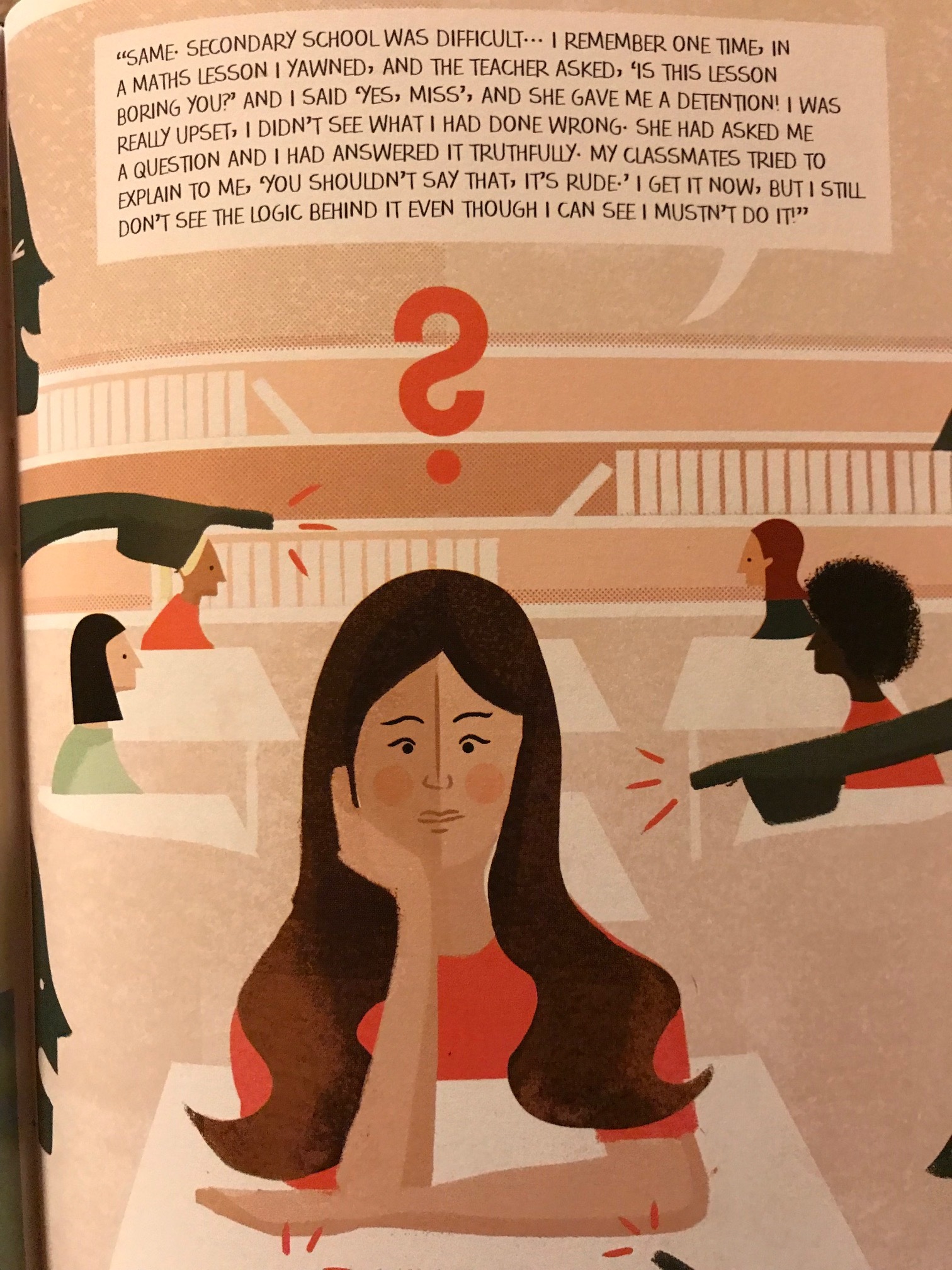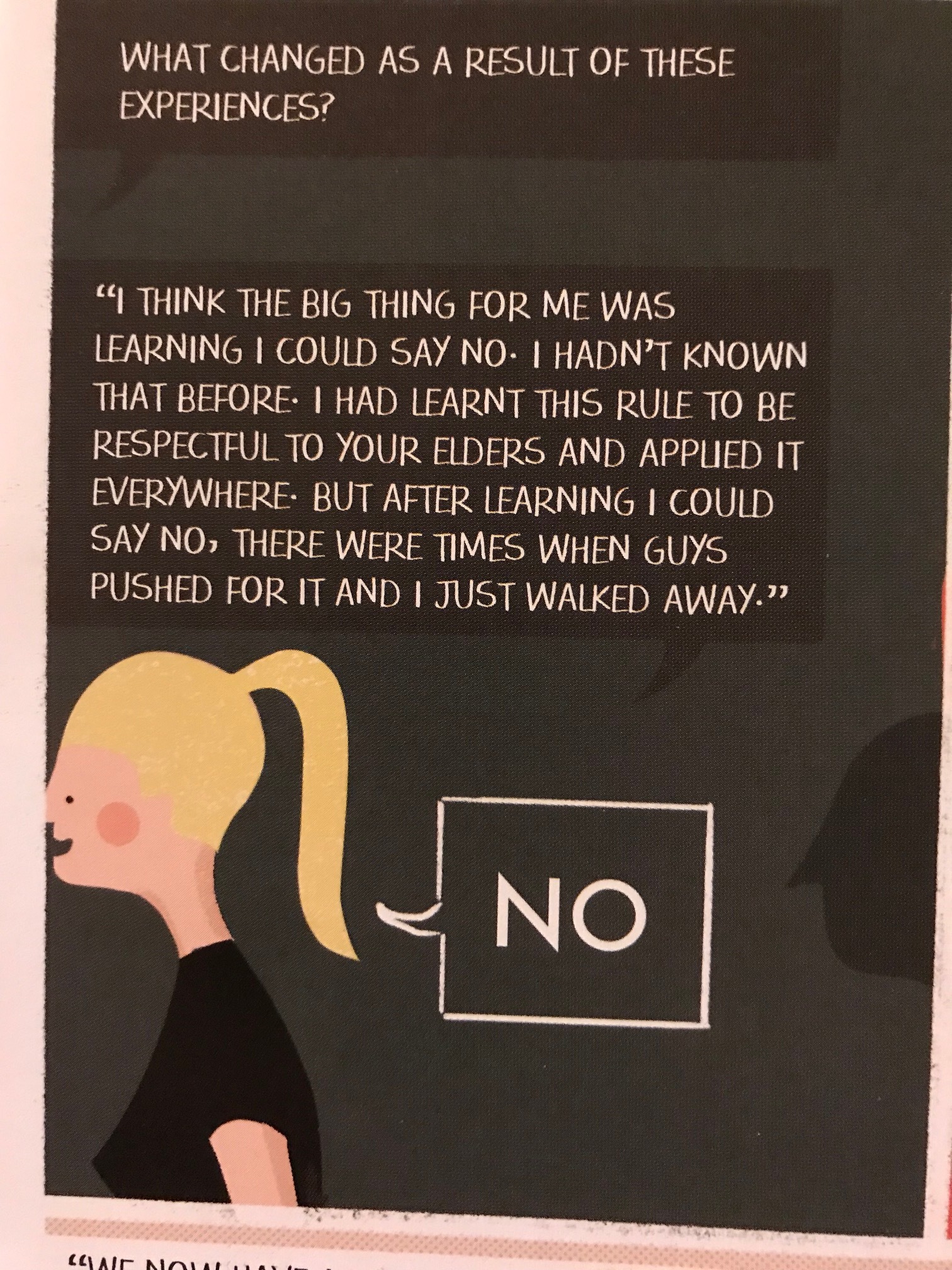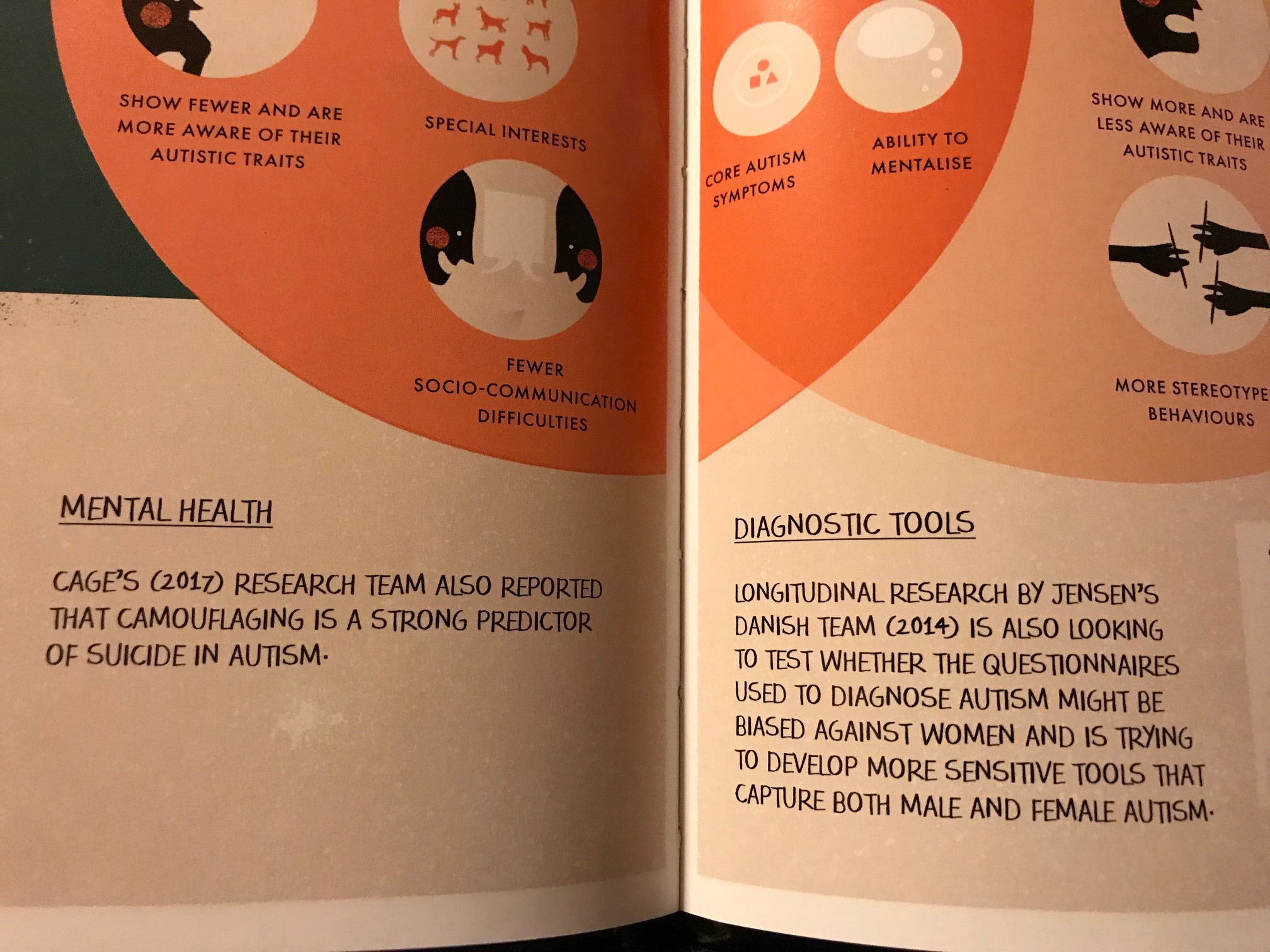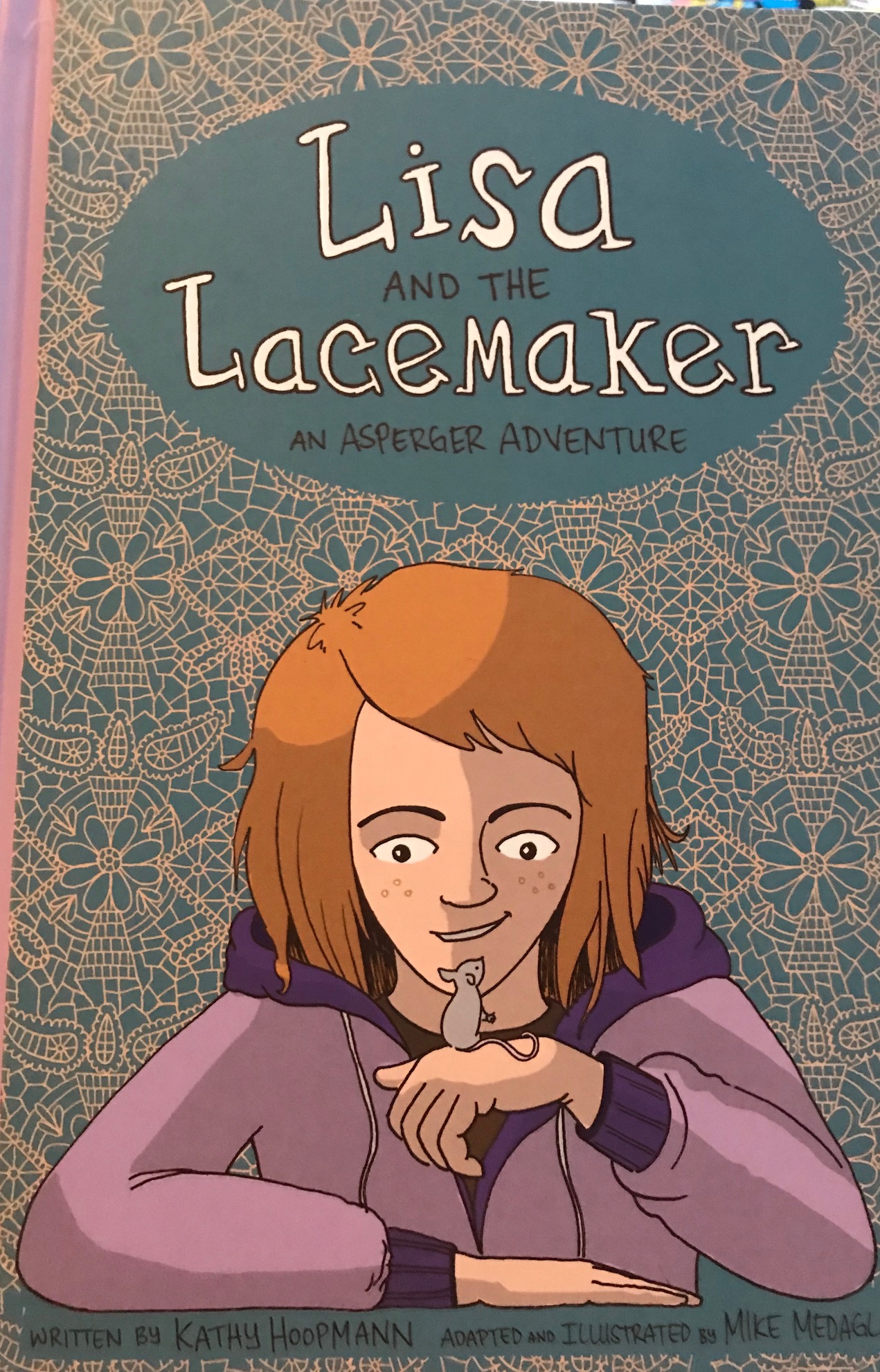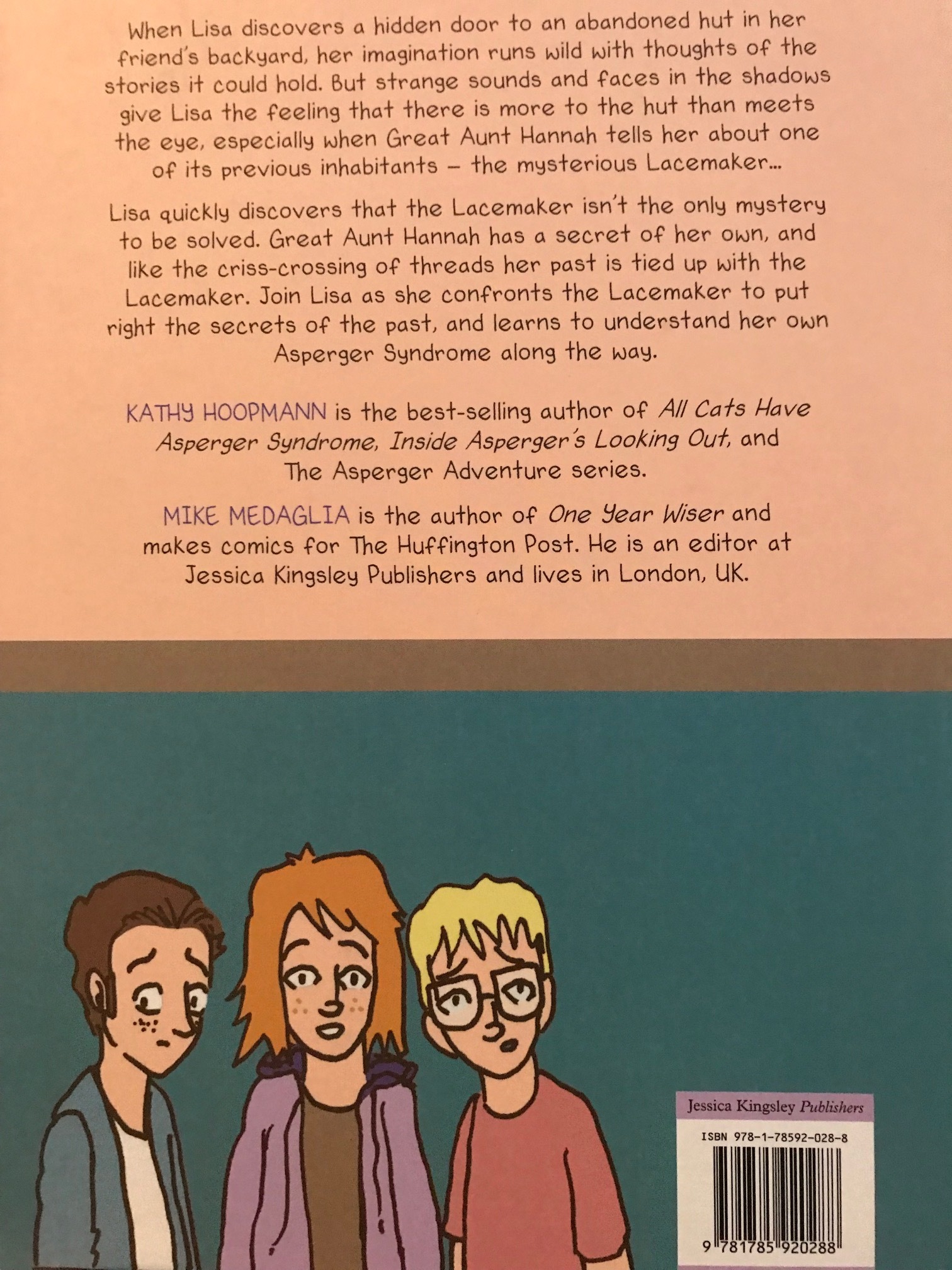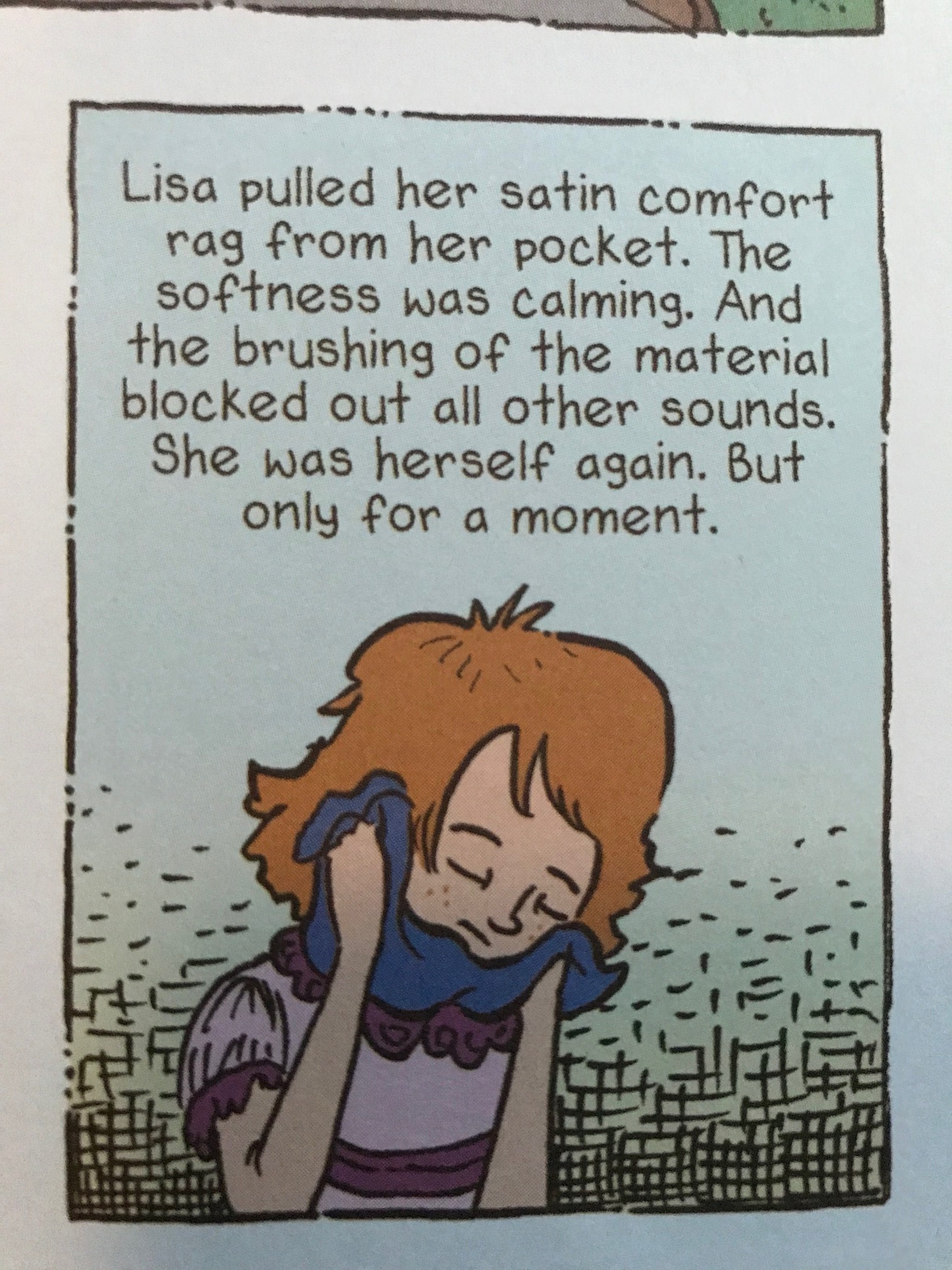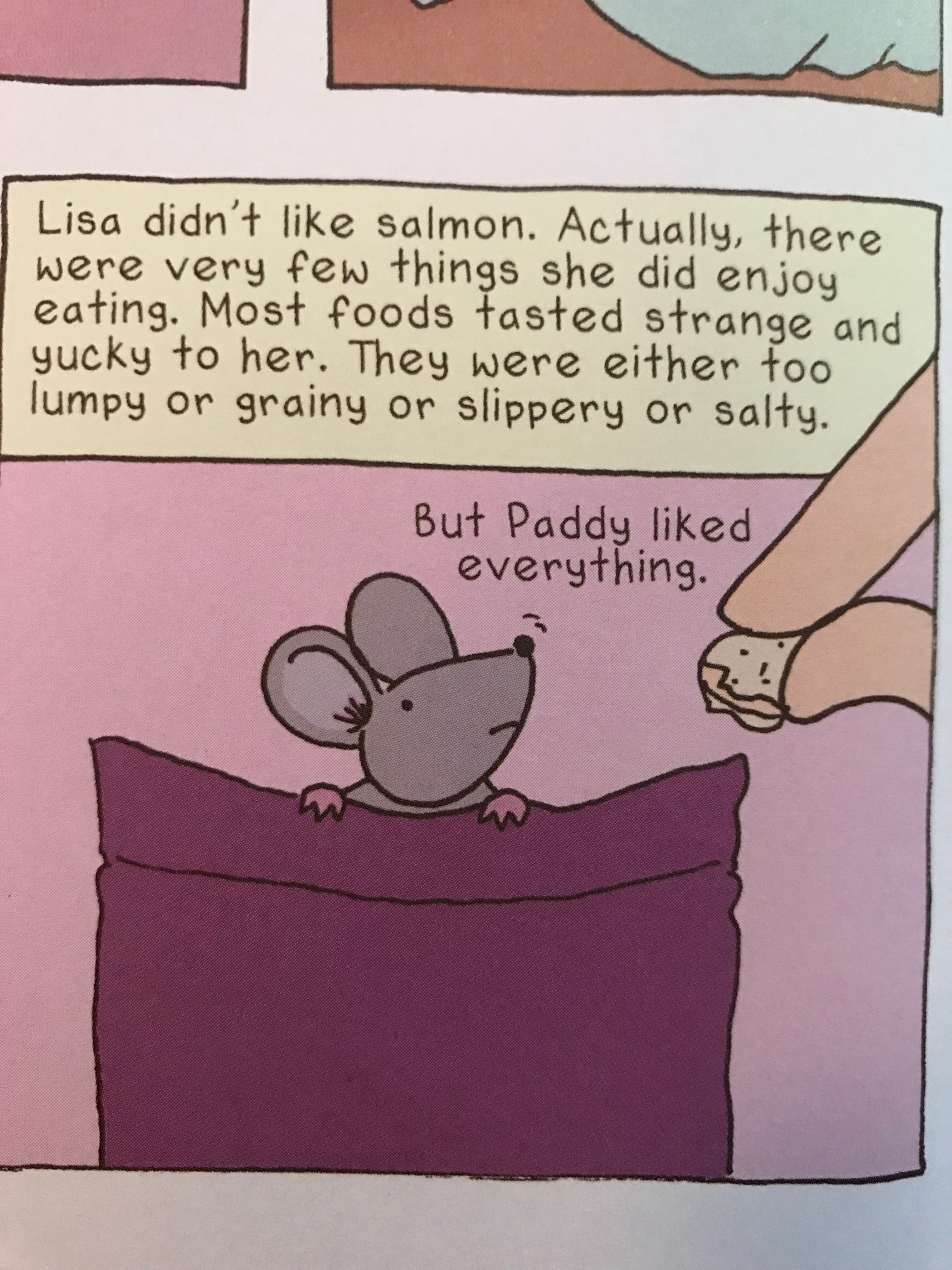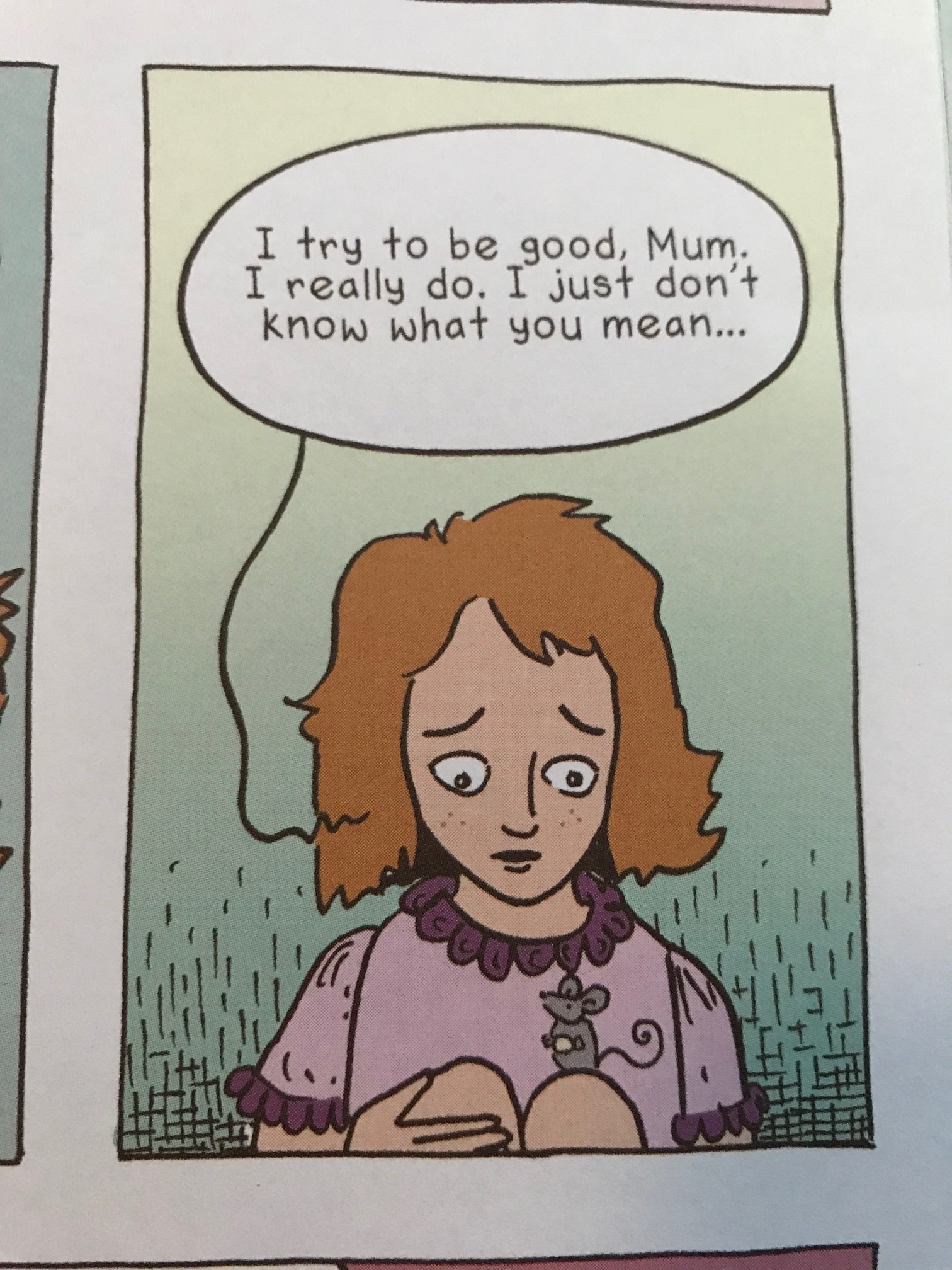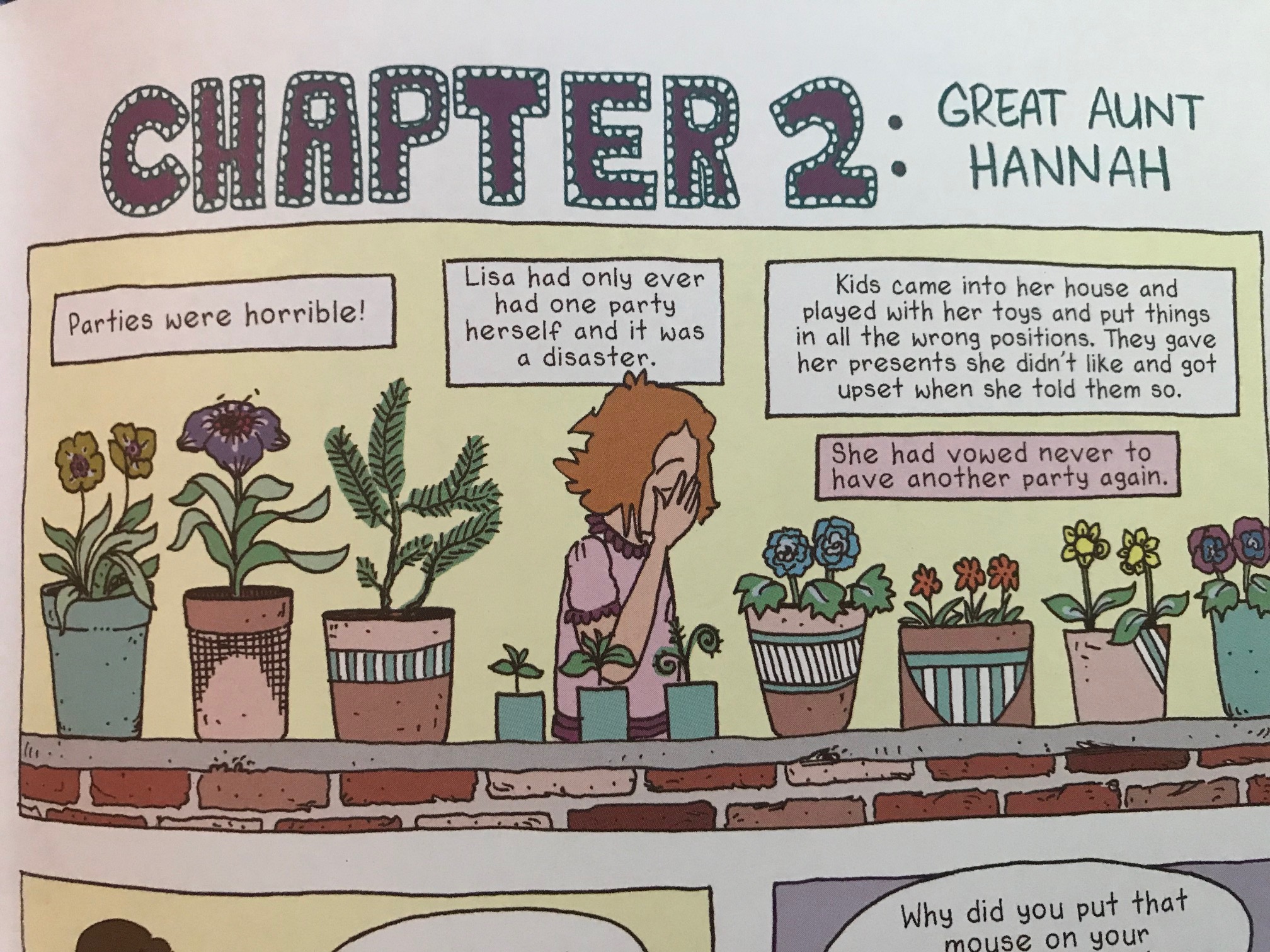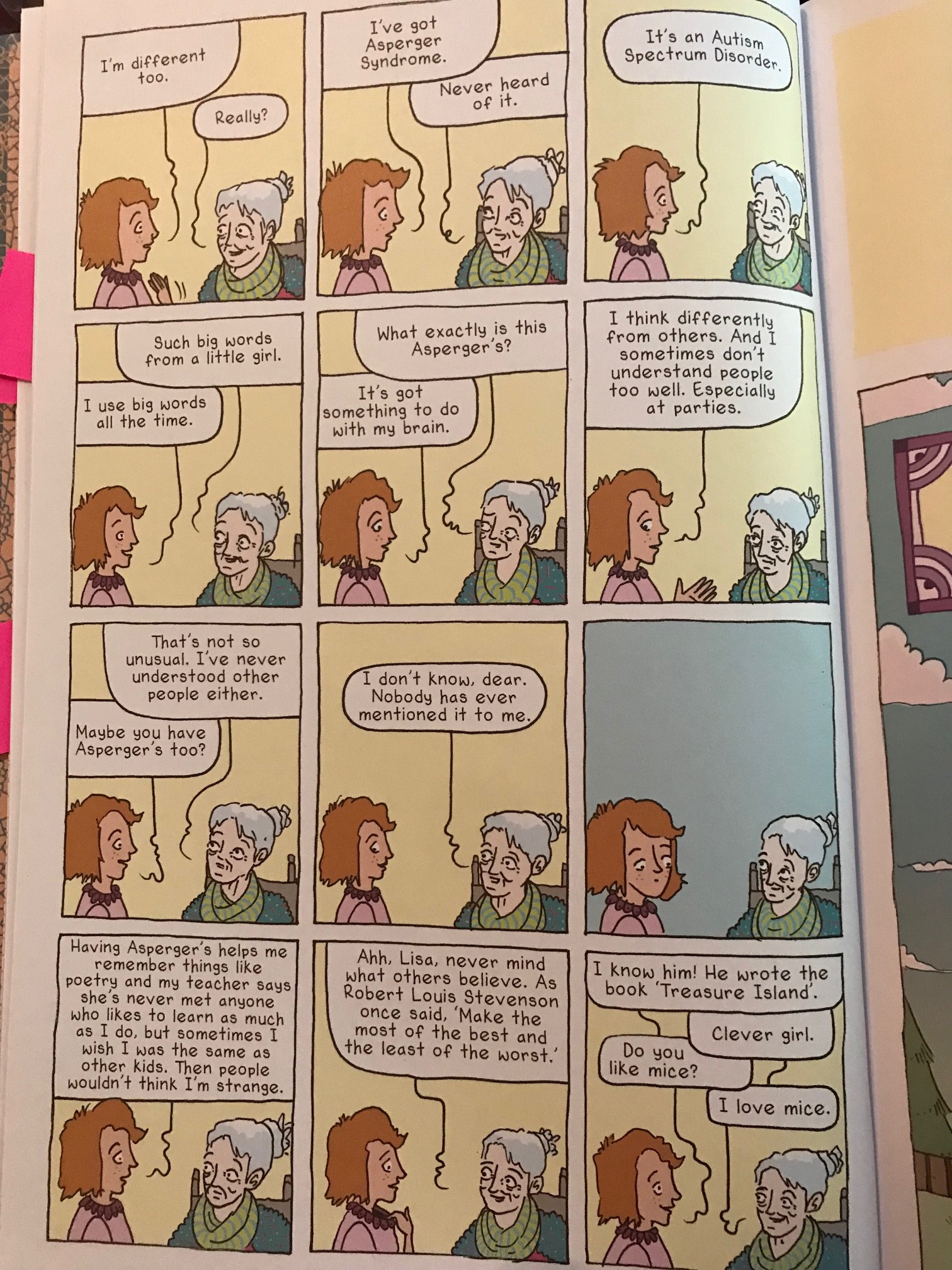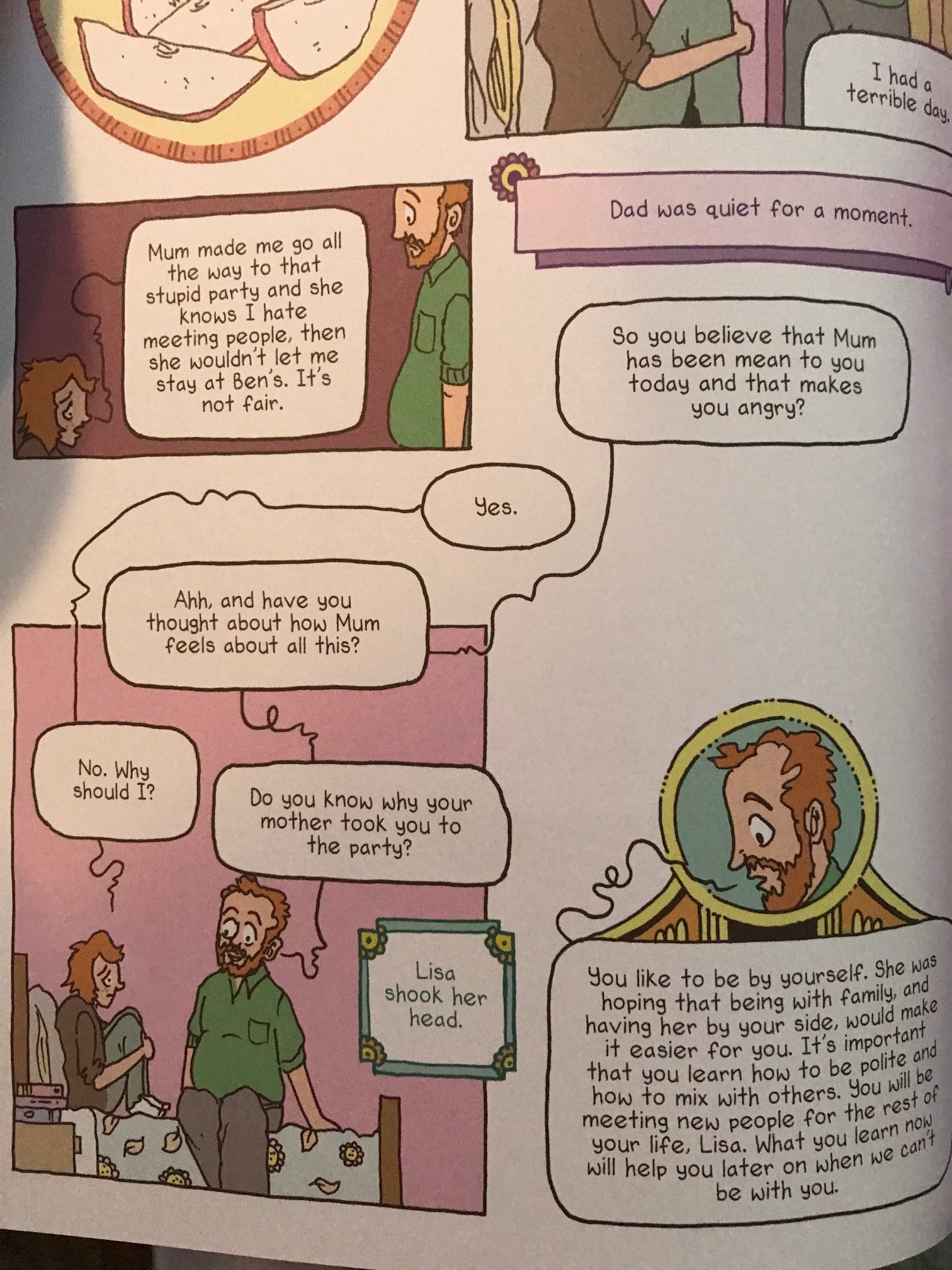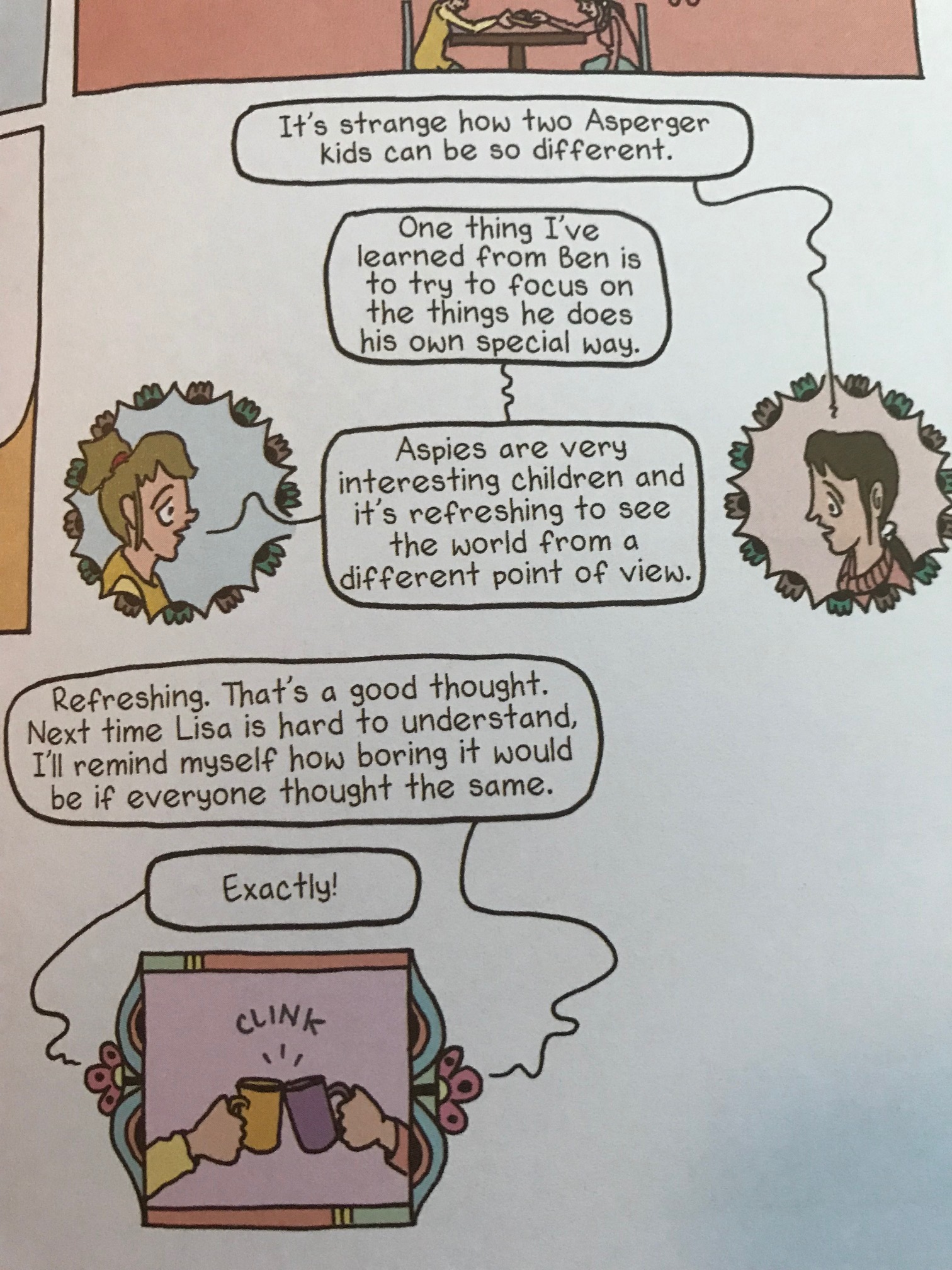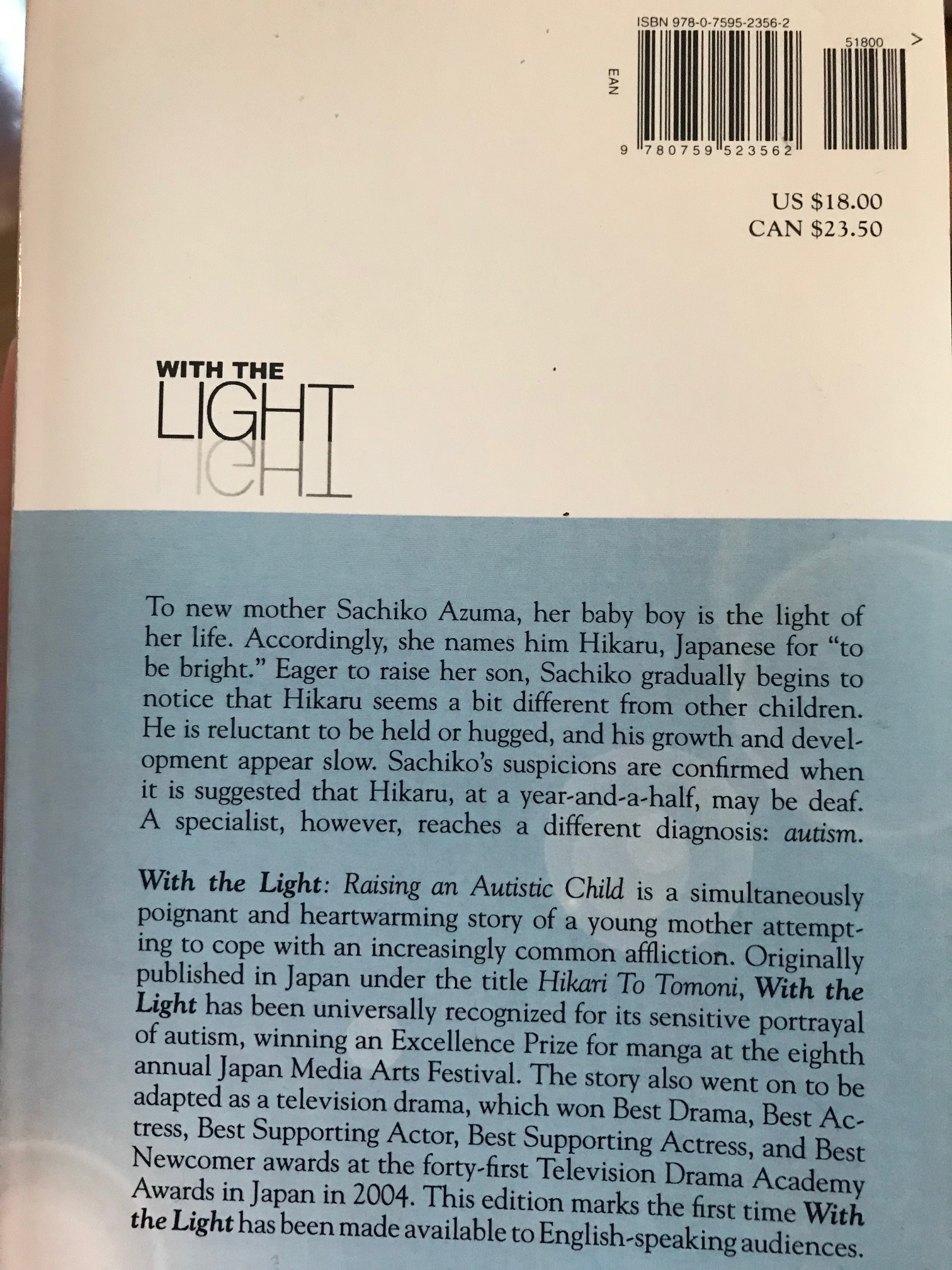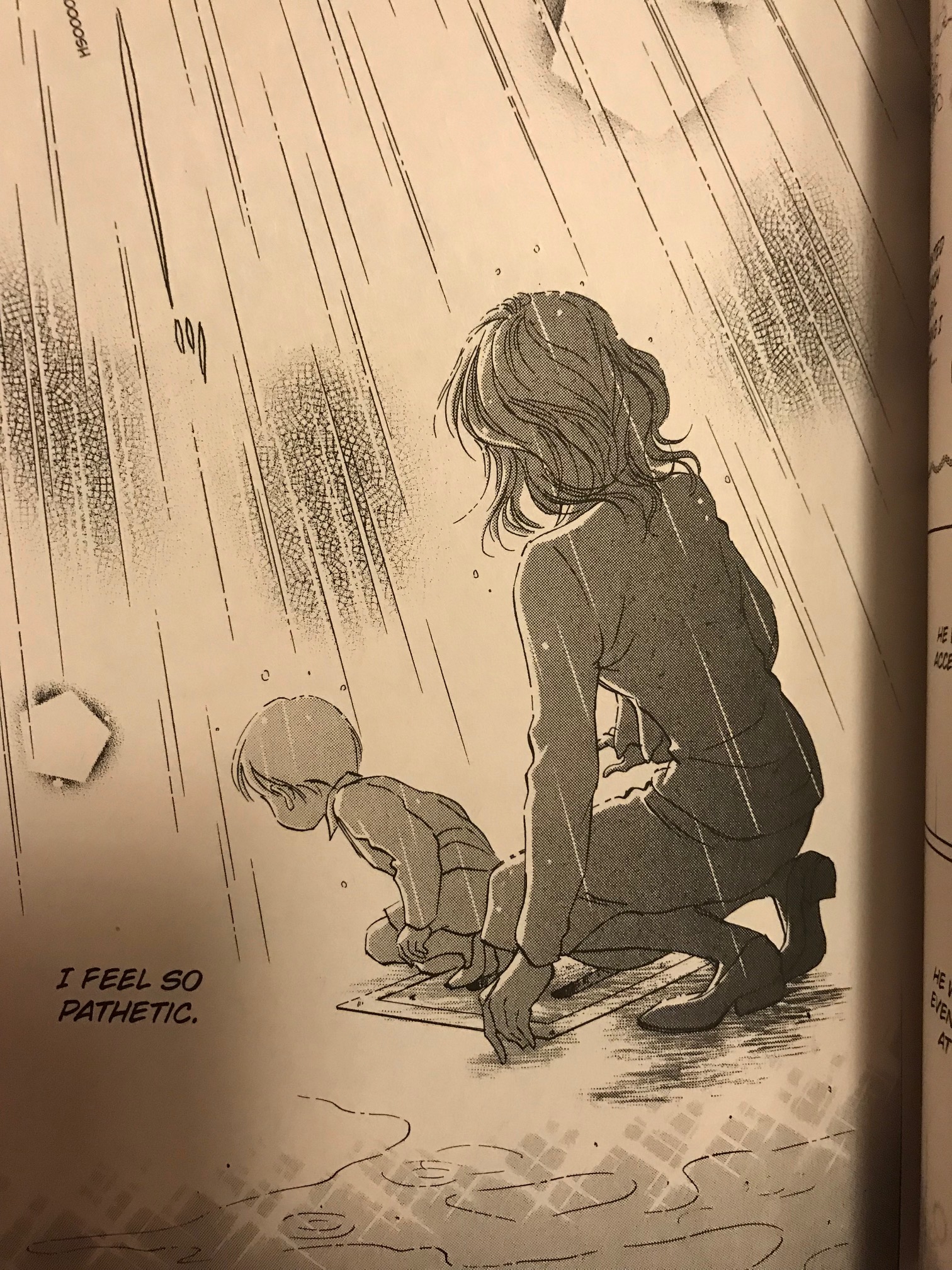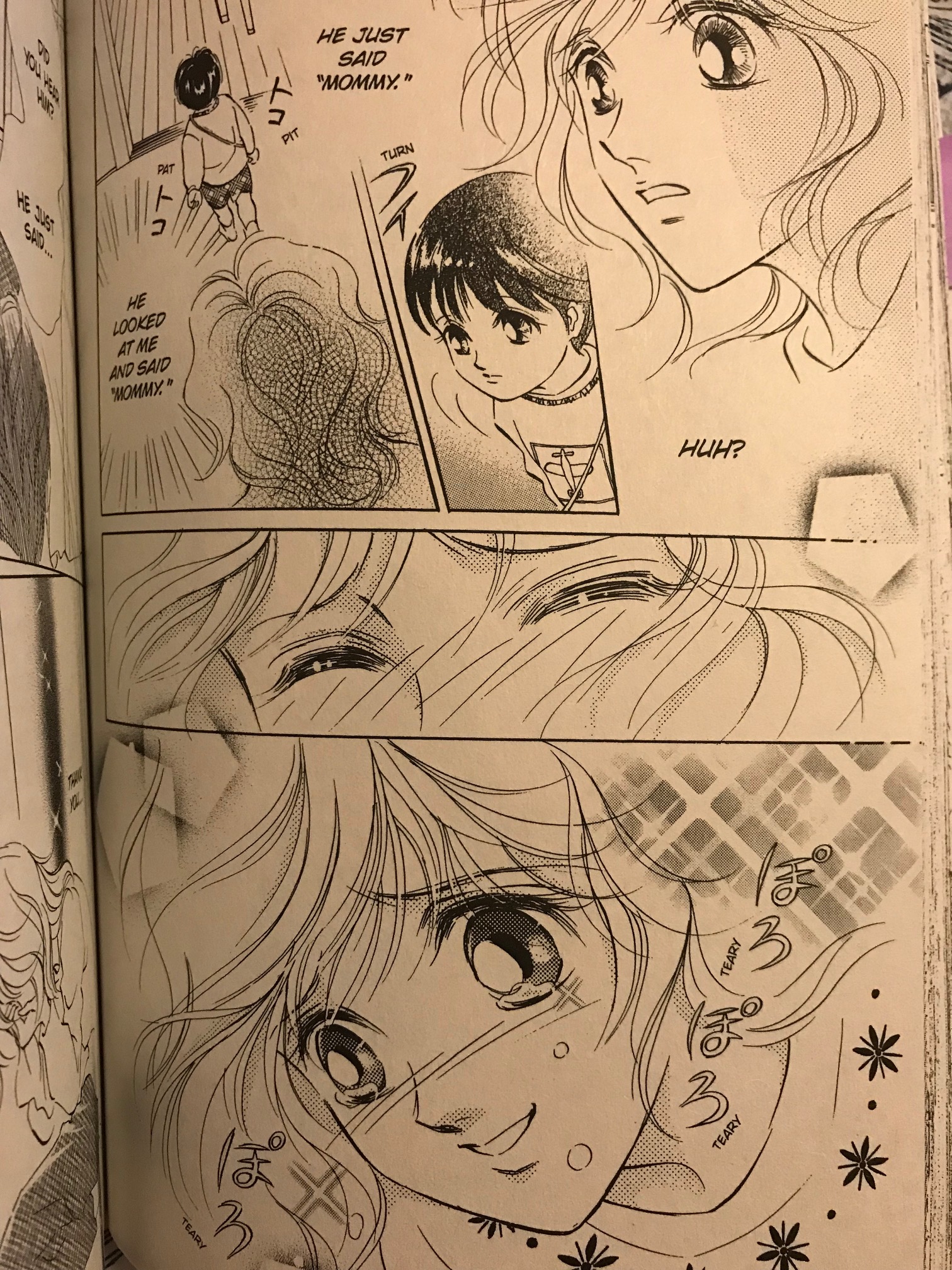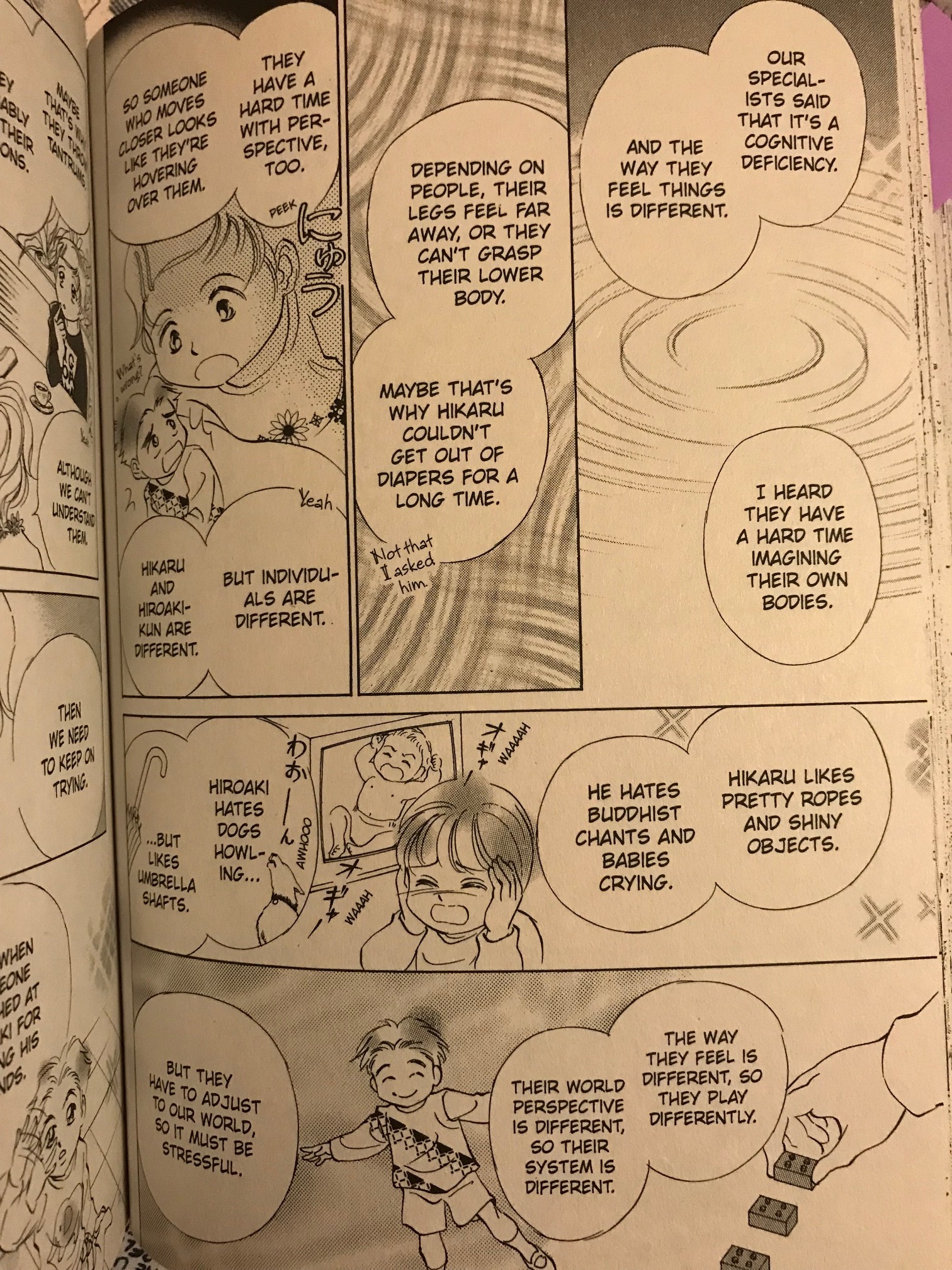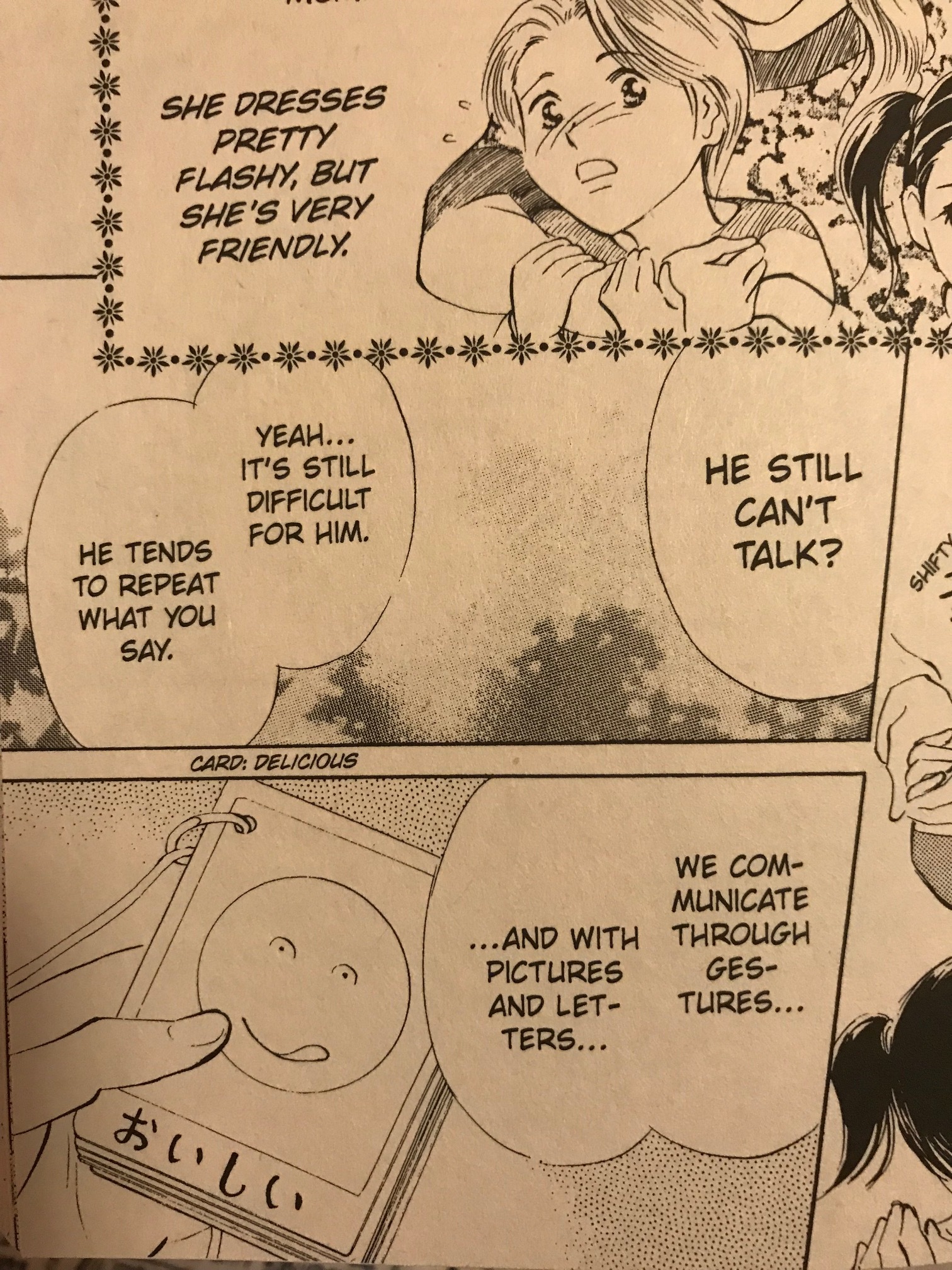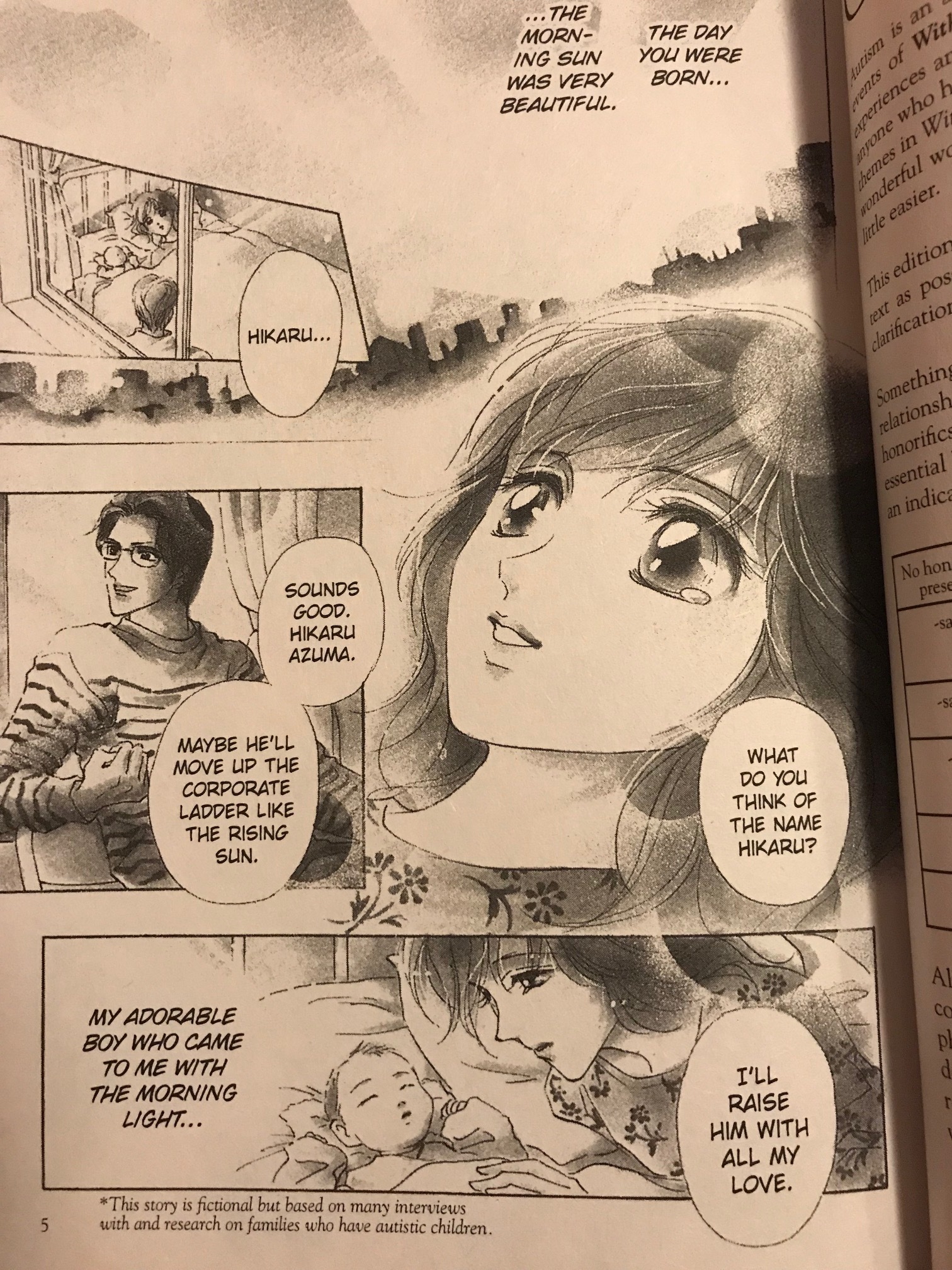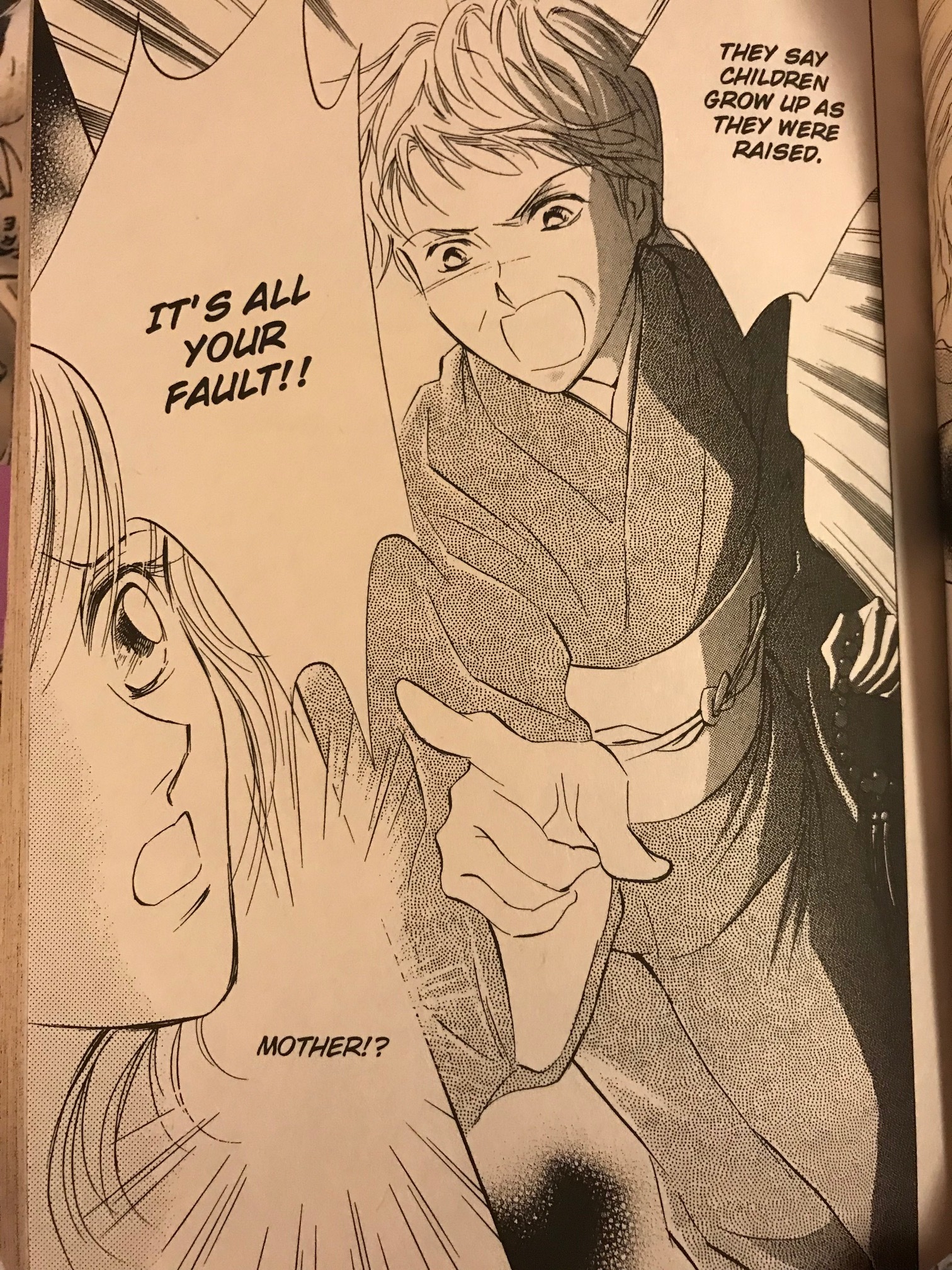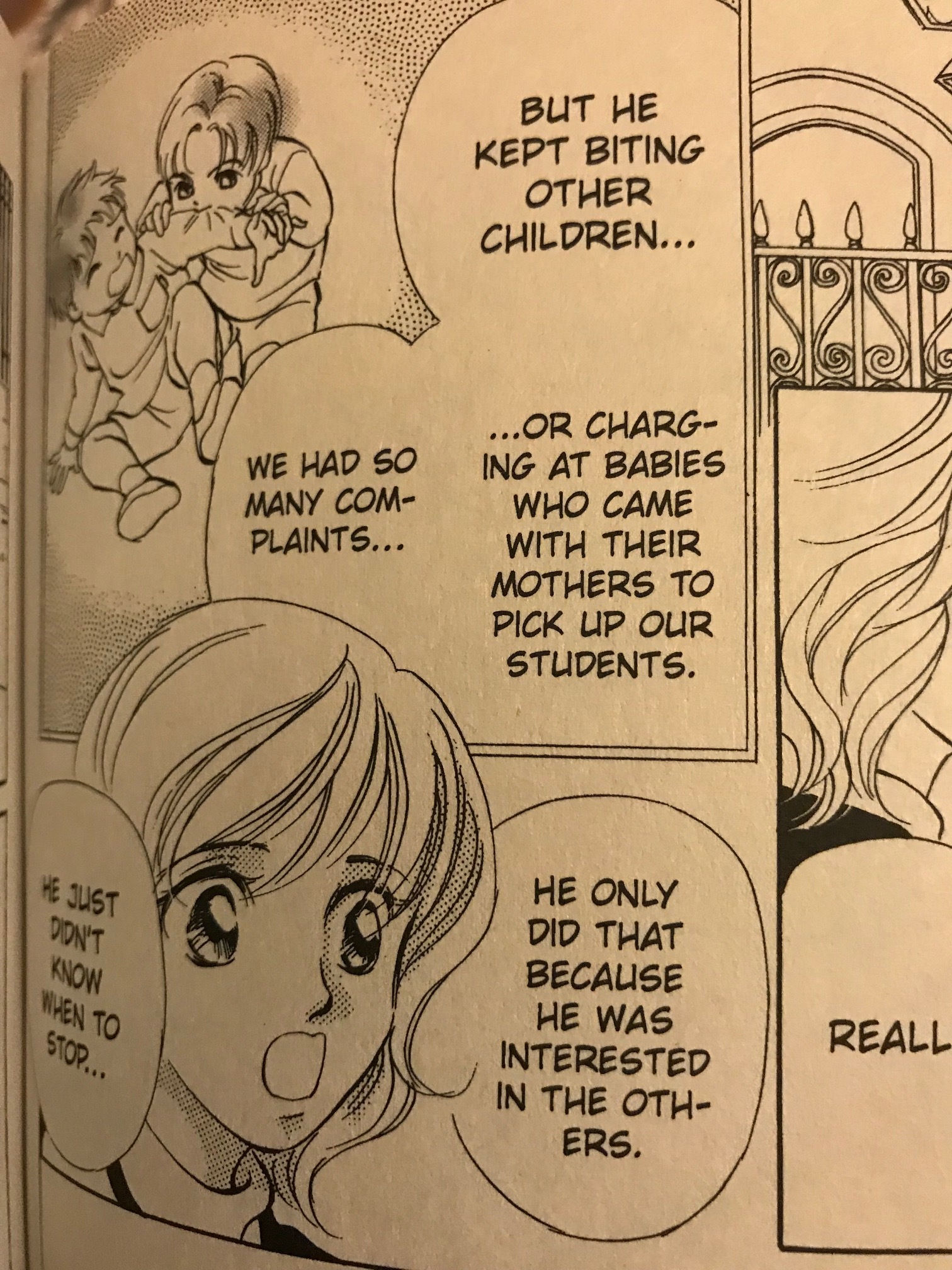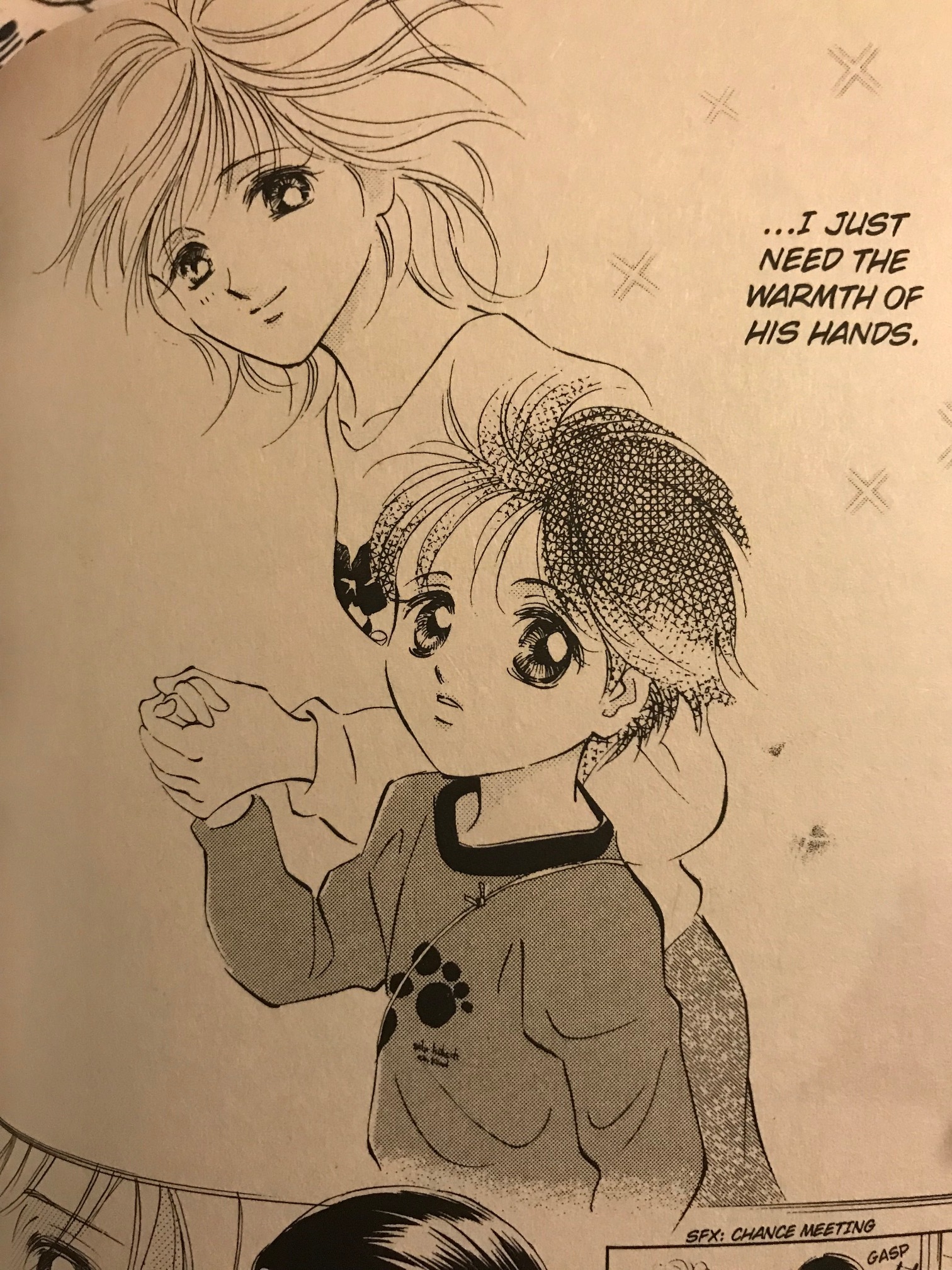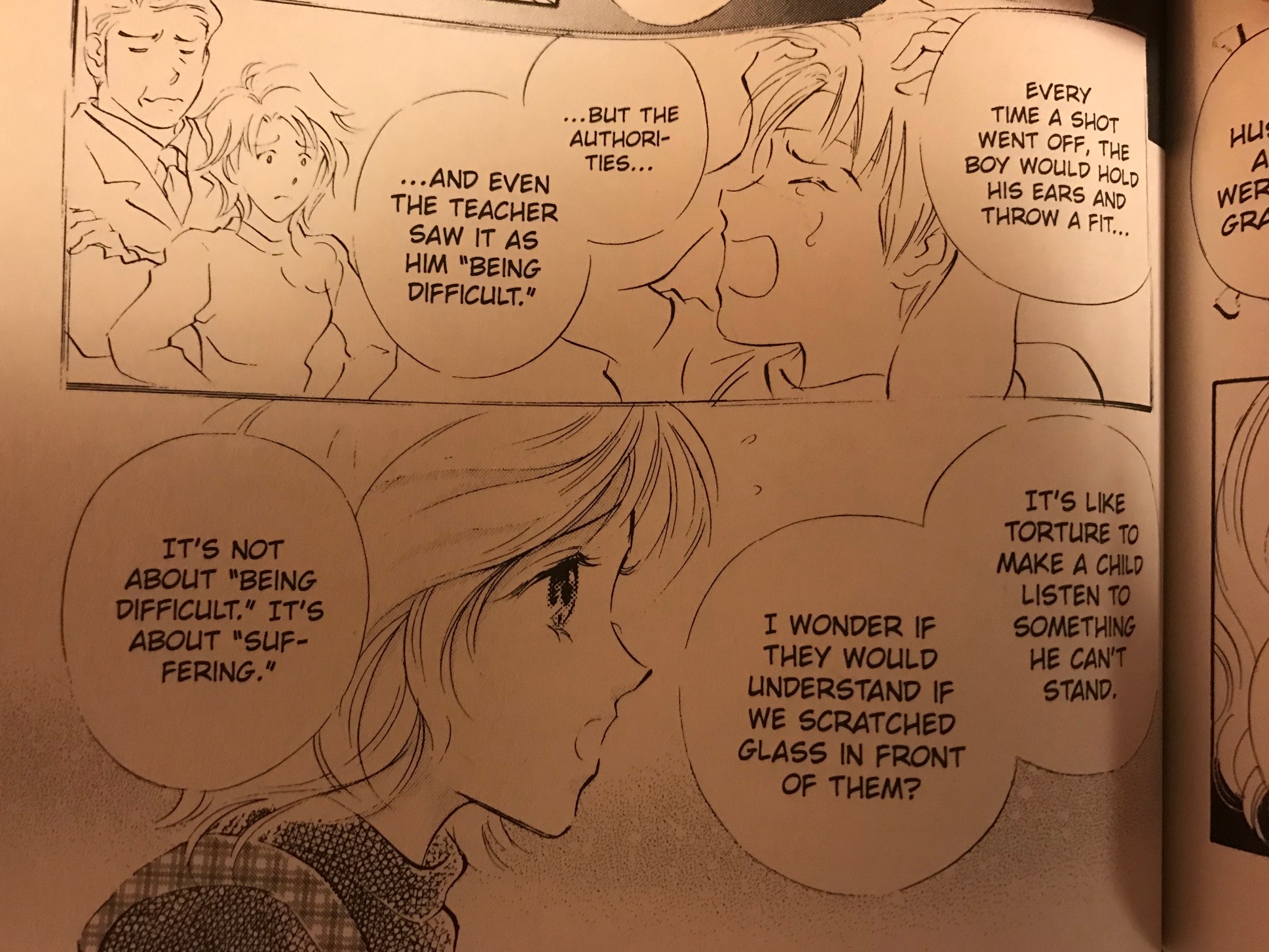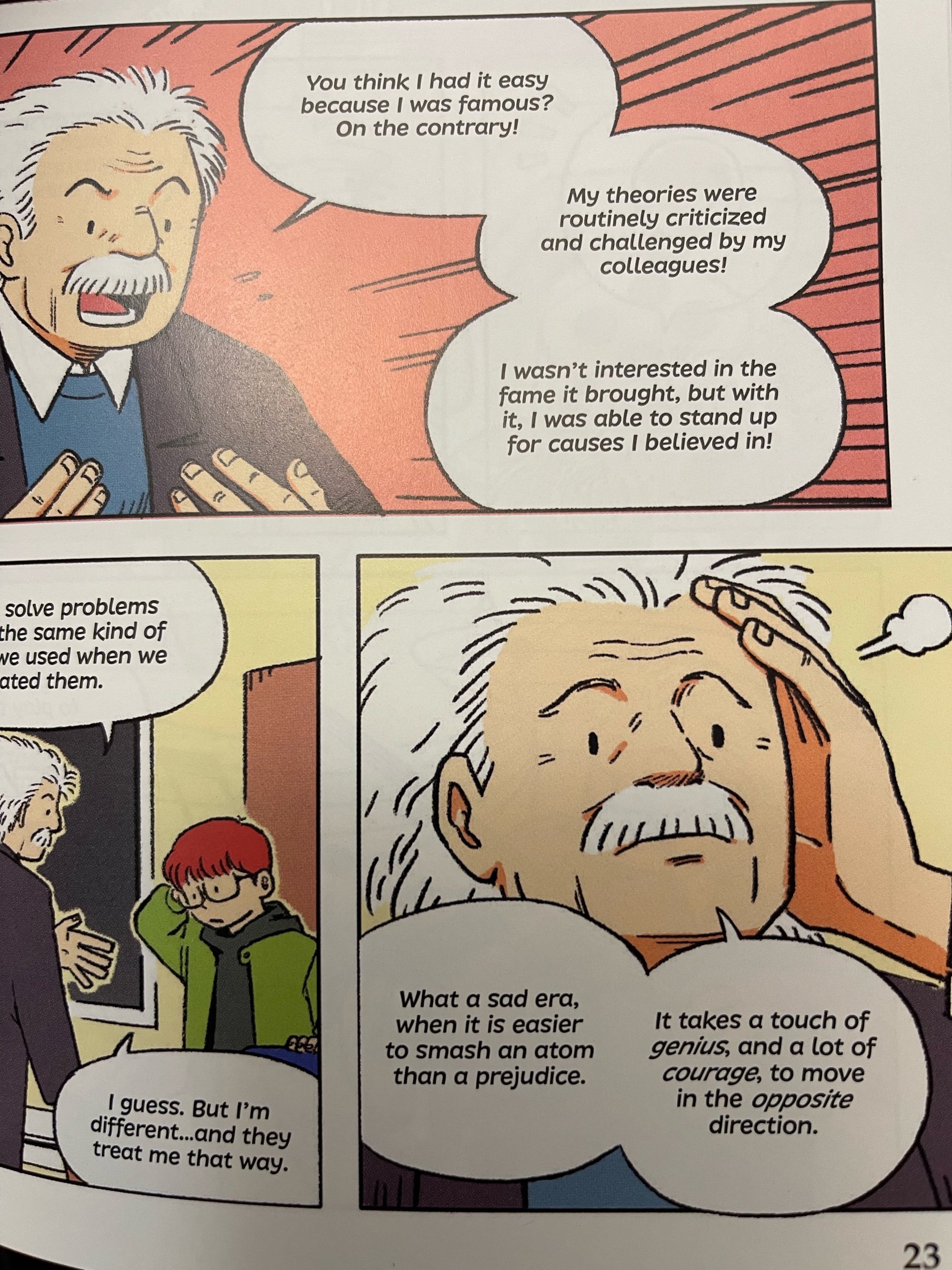I hate to even post this as I always post everything I do for free. I don’t want to put a paywall between this work and teachers who are already underpaid. That being said, resources - like buying books, paying for my website, blog, etc. - gets expensive when funds are tight. If you use my resources and would like to send a little support, I’d appreciate it. If you can’t, I understand and I’ll keep on posting anyway! Thank you to everyone for all of your support over the years!
Any donation is appreciated - thank you!
Links:
https://www.today.com/parents/superhero-dad-son-autism-develop-comic-book-series-t213724
https://www.autism.org.uk/about/strategies/social-stories-comic-strips.aspx - from the National Autistic Society. Tips on how to create comics to help understand social interactions by using “social stories.” Use comics to demonstrate, in a on threatening way, self-care skills (teeth cleaning, washing, asking for help), how to cope with changes in routine such as a teacher absence (a teacher could leave a comic on their lesson plans to help with an absence), help with sequencing and executive functioning, and more. Article has many helpful links on how to create these stories.
https://blog.learnfasthq.com/can-comic-books-help-people-with-autism-make-sense-of-their-world - An author who has Autism, Dave Kot - has created his own comics! Face Value Comics. “The faces of some characters have been deliberately drawn to emphasise the facial features of people with various emotions like anger, fear, surprise and sadness. This is designed to help kids with autism better recognise emotions in others to help their understanding and communication.” ““There is nothing I would change about myself,” he says. “Autism is a part of who I am. How I see things.” he says. Dave didn’t receive his diagnosis until he was an adult.”
https://autisticandunapologetic.com/2018/03/17/why-comics-are-great-for-autistic-people/ - “As well as supporting autistic people, comics are also incredible for inspiring us. From old favourites such as the modestly named ‘Mr Fantastic‘, to new players like Lunella Lafayette from Moon Girl and Devil Dinosaur, though most of these characters are still yet to see an official diagnosis, it’s impossible to understate the inspiration they provide by kicking backside and taking names, whilst also depicting traits of our often under represented community.”
http://newsroom.iuk.edu/articles/2019/07-jul/comic-books-teach-social-skills-to-children-with-autism.php - social skills lessons being taught to children with autism, through cartoons written by Indiana University Kokomo psychology students.Summary points - those with Autism have trouble understanding from someone else’s perspective. Tell stories/comics in first person - "“I need a break.” Transfer social skills taught at home to school - please, thank you, etc. These students used PIXTON to create their comics (my students use Pixton Edu and we love it). Show students with Autism what to do in very specific social situations. “Focus on what the student needs to do, not on the other person.” “Focus on what to do, instead of what they should not do.” - from Indiana University Kokomo
https://www.makebeliefscomix.com/special-needs/autism/ - using Make Beliefs Comix to create comics for students with Autism. Using comics to show facial expressions and moods. These comics are used in therapy as a way to open communication with non speaking kids, reduce defensiveness, explaining body language, bullying stranger danger, and more. Show kids comics with empty speech balloons - have them place in the words that match the emotions shown in the comic. “Ms. Cantrell spoke about how the different facial expressions and moods shown in the MakeBeliefsComix characters' faces led to a breakthrough with her son Cole: "I sat with Cole for several months in front of the computer showing him how the words 'angry', 'sad', 'worried' matched the characters' facial expressions. Today, Cole can express his feelings verbally without acting out. This is a huge breakthrough for me to have him talk about what he sees and feels.")” Kathy Hanson, a pediatric occupational therapist, in Mesa, Arizona, says, "Using comics in therapy allows me to add some fun to the therapy process. In addition, it allows a child (youth) to see his behavior through the eyes of someone else, where it can be easier for him to come up with creative solutions than it may be when just confronted with a need to change his behavior. It's a place to start communicating. Using comics in this way can reduce defensiveness. I have used them with kids from elementary age to high school. People of all ages like comics!"I have used your comics to teach things like stranger danger skills/stranger awareness, sensory strategies, interpreting body language, how to deal with bullying, and understanding and respecting personal space. I have used them a lot with kids with autism, but also Down Syndrome, ADHD, and cognitive disability.”
Characters with Autism - Black Manta, Richard Reeds (Fantastic Four), Moon Girl,
Comics I own that directly address Autism -
Batman 80-Page Giant 2011 1 Shot. This is a collection of separate stories and are meant for more mature readers due to violence. However, the final story, One Lock, Many Keys - by Joe Caramanga - a favorite in the Smyth household! This story centers on a young non verbal boy who has Autism and his parents struggle to help him. In the beginning, it is argued that comics can be dangerous as Lucas may not be able to tell the difference between fact and fiction. However, after experiencing a fight between Batman and Solomon Grundy, Lucas knows that the comics are depicting real-life and he says the word “Batman” to his parents. The excitement and joy in their faces is heart-felt and speaks to the very real power of comics to help engage many with Autism. Bravo to the art team of Joe Lalich, Jack Purcell, and Wil Quintana for helping the reader visualize the hurdles those with Autism can face. I could very much this see this being used as a powerful intro to a college course for educators, therapists, etc. on Autism.
Excerpt for an inerview with Joe and autism -
Intro - Joe Caramanga is a favorite author in my house as he has written great stories in Duck Tales, Frozen, and other comics that my kids and I LOVE. We are also fortunate enough to have him living in our area and have been able to meet him at signings. He also always been so kind and welcoming to all at his table and has always had a smile on his face. Joe is an “aw shucks” kind of guy an exemplifies the best of those in the comics industry. When I was conducting research on using comics with those on the Autistic spectrum, I came across his Batman story with a main character who has Autism. I knew that I had to ask some questions about the comic, and I am so glad Joe got back to me. Read the interview and you’ll see what makes Joe not only a great comics writer, but also an inspiring human being. (You can find more Autism in comics research here - http://www.historycomics.net/autism)
Tim: Hi Joe, thank you so much for taking the time to answer some questions for us. Before we get into the comic itself, can you shed some light on your connection to Ronald McDonald House, the work they do, and how donated funds are used?
Joe: My connection to the Ronald McDonald House actually started before I knew what their mission was. My first daughter suffered from complications in childbirth and for the first few days we weren’t sure she was going to make it. She ended up being fine, thankfully, but she spent her first three and a half weeks of her life in the hospital. My wife and I were very fortunate that we only lived a few miles from the hospital, but over those three weeks we met other families that weren’t so lucky. They slept in chairs, in the lobby, anywhere they could. That really stuck with me. The toughest experience of their lives, and these parents were sleeping in chairs and eating out of vending machines. Years later I found out that the Ronald McDonald House provided a home away from home for families with seriously ill children, and I knew I had to help. What’s great about RMH is that if you’re skeptical of where your donation money is going, you can donate actual household items that go directly to families. I donate 100% of the proceeds from my convention sales to the RHM of Central & Northern NJ, and sometimes to the House local to the convention when I’m traveling, and I’ve donated toothbrushes, paper towels, soap, and other items to Houses all over North America. Sometimes I’ll wrangle a couple of guys from Artist Alley and we’ll volunteer to cook breakfast convention weekend. Being able to help the charity is the greatest perk of my job. I’m not famous or anything like that but because of the nature of my job, I have a higher profile than the average person, and like my favorite super hero says, “with great power there must also come great responsibility.” (PLEASE HELP - this is the link to donate to RMH - http://support.rmhc.org/site/PageNavigator/pw/Donation_Landing.html .)
Tim - Joe, this is so powerful and I thank you for sharing your story here. My son suffers from a rare disease and has been hospitalized many times - Abington Hospital, St. Christopher’s Hospital, and CHOP. We are blessed to have so many amazing hospitals in the Philadelphia area and to live close enough to not have had to stay in a hotel and pay out of pocket. A hospitalized child is traumatic enough to a family without also having to be out of your house. My son just had a visit with a specialist in St. Christopher’s last week and there is a Ronald McDonald House right next to the hospital and we watched several families walk from the house to the hospital. THANK YOU for helping raise funds for these folks!)
Tim: In One Lock, Many Keys, the main character is portrayed as being on the spectrum – please explain why you chose to write this story. Do you have a connection to Autism?
Joe: When I had the opportunity to contribute to the anthology, I wanted the story to be meaningful. I was very interested in comics in the classroom, and how they could be used to teach and encourage kids to read, and I came across an article about how kids who are on the spectrum responded to comics. Since my cousin has a son on the spectrum and so does a good friend of mine, I felt it would be a good thing to explore further.
2. Tim: You placed some true to life ASD symptoms in the story, how did you go about deciding which to include? Did you conduct any research before writing the story?
Joe: Oh, lots. And not only from observing my cousin, but reading a lot on the subject. That includes a lot of articles about the divorce rates among parents with a child on the spectrum, which is disproportionately high. I thought that had to be part of the story as well. The ASD symptoms in the story were some of the more common ones I found, but what I really wanted to get across was the pattern of repetition. That also gave me a tool for building the tension and emotion in the story. (Tim - and it was done so well!)
3. Tim: How did you get DC to sign onto the story? Were there any obstacles to pitching the story?
Joe: I don’t remember having any problems at all, it was very well received by Mike Marts, the editor. He told me he got choked up reading it on the train, and that was such a relief since it was the first story I ever pitched to DC. (As did I - really speaks to the humans behind the comics!)
4. Tim: Over eight years later, would you change anything about One Lock, Many Keys
Joe: I haven’t read it in a long time, so I wouldn’t know. Nor would I want to! I’m fine with the romantic version of it that’s built up over time, haha.
5. Tim: As an educator, I’m curious if you gave any thought to how this could be used in a classroom – either for students with ASD, for students to learn about ASD peers, or for education students? If you were speaking to educators about the use of comics to help with understanding ASD, what would you say? (with this story or other comics)
Joe: It was the basis of the story, it’s something I think about a lot—not just for educating people about ASD, but for educating them about everything. Story has been an educational tool since the beginning of time when people were drawing on cave walls, so we know it works. For a long time there was resistance to using comics to educate, but we’re finally starting to come around on that. (Absolutely - it’s been a long journey for us spreading the comics in education message, but we’ve made great progress. Stories like yours make it all the easier to convince those who question comics as meaningful literature).
6. Tim: Have you worked on any similar comics? What stories would you want to see told in comics that could help with autism or other difficulties?
Joe: I try to have something meaningful to say in all of my stories, whether subtly or not-so-subtly, but this is the first time I wrote about autism. I’m not sure I’m qualified to know which stories could help, but comics themselves could help teach us a lot because comics have a quicker pace to them than prose which keeps your eyes and mind active and the art certainly holds your attention. I’m glad more educators are using them.
Blue Bottle Mystery by Kathy Hoopmann. Illustrated by Rachael Smith. Adapted by Mike Medaglia. ISBN 9781849056502. 2016.
This is a fantastic book that I could easily see being used in classrooms to introduce kids to the concept of Asperger Syndrome in a nonthreatening and easy to understand manner. My own kids asked my what Aspergers was and said that this book was a fun and engaging way to really understand what was happening inside of the main character’s mind. As a parent and educator, this was also helpful for me to gain a better understanding of the syndrome and interactions I have had with my own students. While the story was heartbreaking at times, it was also endearing, full of hope, understanding, patience, and imagination. The focus on facial expressions, social interactions, and that the story is in first person also makes it a great book for a young person with Aspergers to gain better insight into themselves. The two main characters find a blue bottle in the school yard and make several wishes that come true. Winning $900,000 in the lottery brings great possibilities, but also scary change that goes outside the needed routine for someone with Asperger Syndrome. This fun book offers real strategies for parents, teachers, and friends throughout. Not understanding sarcasm was a huge eye opener for me as I interact with my students in the future - same with using idioms. I’d really love to see this book in schools and libraries and wish it was there for me as a kid.
Camouflage: the Hidden Lives of Autistic Women. Dr. Sarah Bargiela. Art by Sophie Standing. ISBN 9781785925665. 2019.
I learned so much after reading this short graphic novel on a topic I had never really considered - why are we talking mainly about boys when it comes to Autism? This research-based book, also based on interviews with women with Autism, could literally save lives. Finding that many women are misdiagnosed, or even ignored, really made me stop and think of how much help could be given through schools and libraries with this book. I did not know how much more susceptible these women are to sexual abuse and negative relationships as they can take directions quite literally. Dr. Bargiela includes much research and even further reading resources for us all throughout the book. Sophie Standing’s illustrations make the research come alive on a human and often devastating level. As an educator, I was able to gain a greater understanding of many issues and could see several of my students in these pages.
Lisa and the Lacemaker: An Asperger Adventure. Kathy Hoopmann and Mike Medaglia. ISBN 9781785920288. 2017.
An imaginative story full of mystery as the main character, Lisa, finds an old house in the woods full of objects and ghostly glances of something… I love that this book gives us insight into those with Asperger’s, but it can also be use to help those on the spectrum as well. This would be a fantastic resource for classrooms, libraries, therapy, and parents. Take Asperger’s out of the story, and an engaging story exists all on its own and this helps to normalize Lisa who happens to have Asperger’s.
This fictional story is one that is based on interviews and research. This book is not only powerful to teach about Autism, but also an understanding of Japanese culture through Manga. As stated on the first page, “Autism is an affliction that doesn’t observe international borders… the experiences and emotions of the Azuma family will undoubtedly resonate with anyone who has been confronted by the disability.” Western audiences will experience the Japanese language and cultural art form of Manga so it has many possibilities in the classroom and libraries. The beautifully drawn opening sequence immediately draws the reader into the hopes and dreams of a young couple with the birth of their first child. However, differences are noticed from the beginning - even that Hikaru, the new child, cried more when held, despite all the “books” saying that this should calm him. When other new mothers visit, Sachiko, Hikaru’s mother, is concerned as her friends remark at how much the baby cries and that he doesn’t want to be held. We are visually drawn into the inner conflict within Sachiko, but also the stress being placed on her marriage as fear and self-doubt takes hold. It is tough enough to be a new parent…but now she is being judged by society and her mother-in-law who do not understand the additional stresses she is facing. Even a misdiagnosis as the doctor thinks Hikaru must be deaf as he didn’t respond to being called. However, his mother knew it was just that he was preoccupied with a new toy. The power of comics is making the reader feel emotionally responsible for the characters and I was immediately taken into the story and just wanted to help. As a parent of children who have their own “issues” (sorry - not the place to get into it here) - this story really impacted me. The judgement of other parents and strangers. The “helpful” advice of “if you just do this… then this…”. The knowing that no one else could possibly understand what my wife and I were going through and how scared we were - the isolation. I wish this book had been in my hands when we first began our family. I know understand the wide variety of those on the spectrum and that ASD can manifest itself in many different ways, some often difficult to diagnose or treat. Sachiko does find help in the medical community and mental health help for herself. Meetings are set up with parents with children on the spectrum so that she doesn’t feel like she is on an island. While the story certainly begins in an emotional and upsetting setting, including a work obsessed and seemingly uncaring father, the story does become hopeful and inspiring as Hikaru finds ways to communicate in ways other than words. The story offers workable solutions to problems - especially the need for consistency, forgiveness, and patience. Understanding is reached between many in the story after we understand that so many of us are going through something in our personal lives and that we need to realize this as a community.
https://ew.com/books/2019/07/17/exclusive-preview-comic-adora-and-the-distance/ - new webcomic coming out in Fall 2019 - heroic fantasy centering on Autism. Adora and the Distance. Will be available on Comixology.


